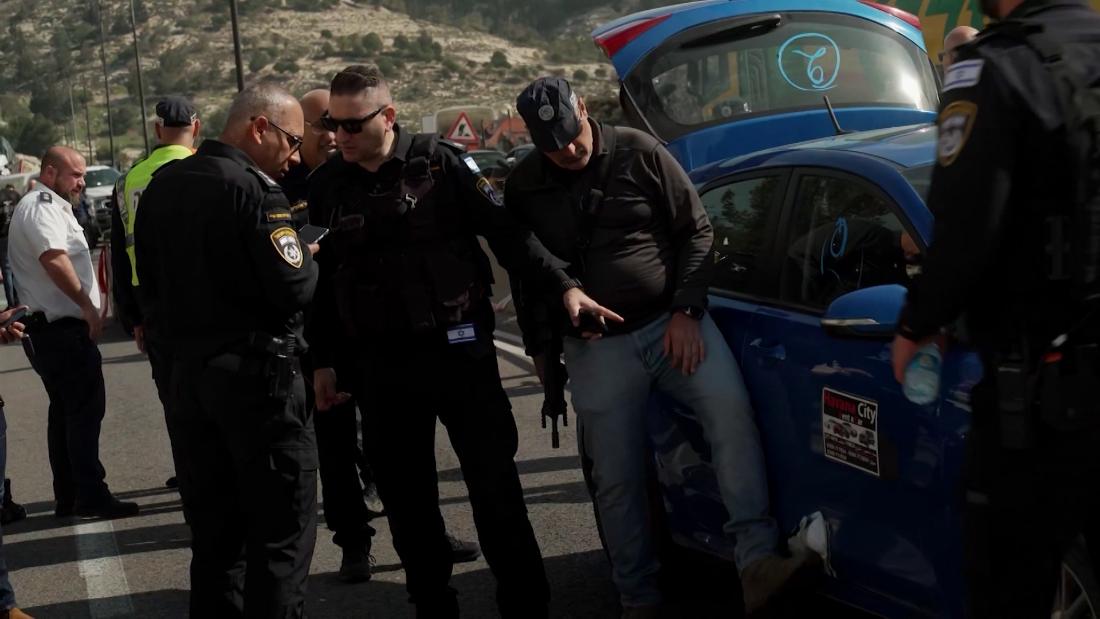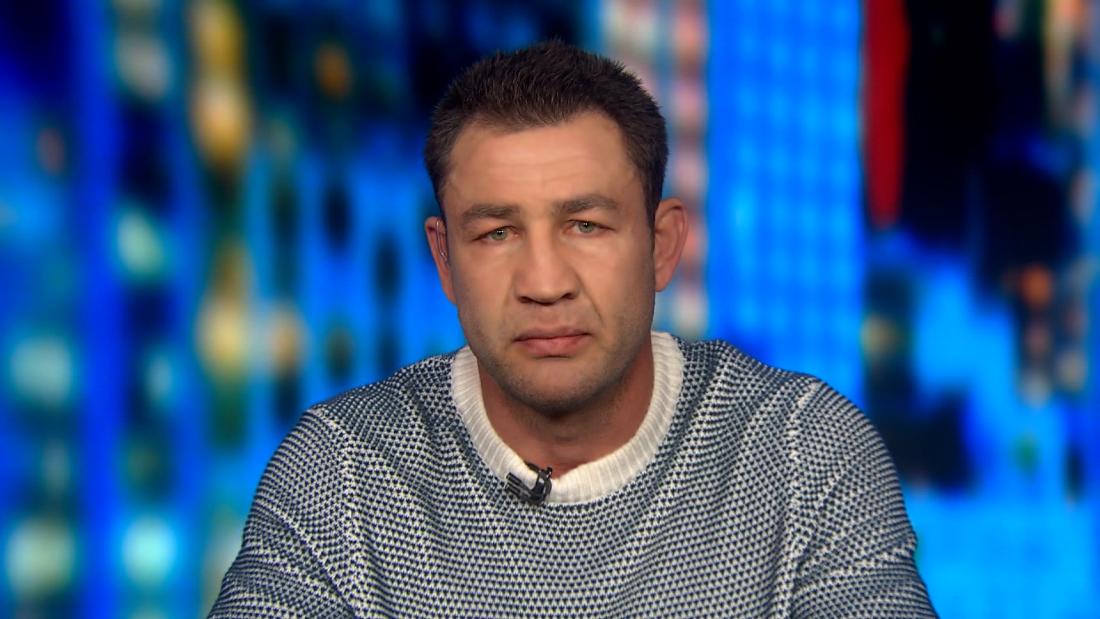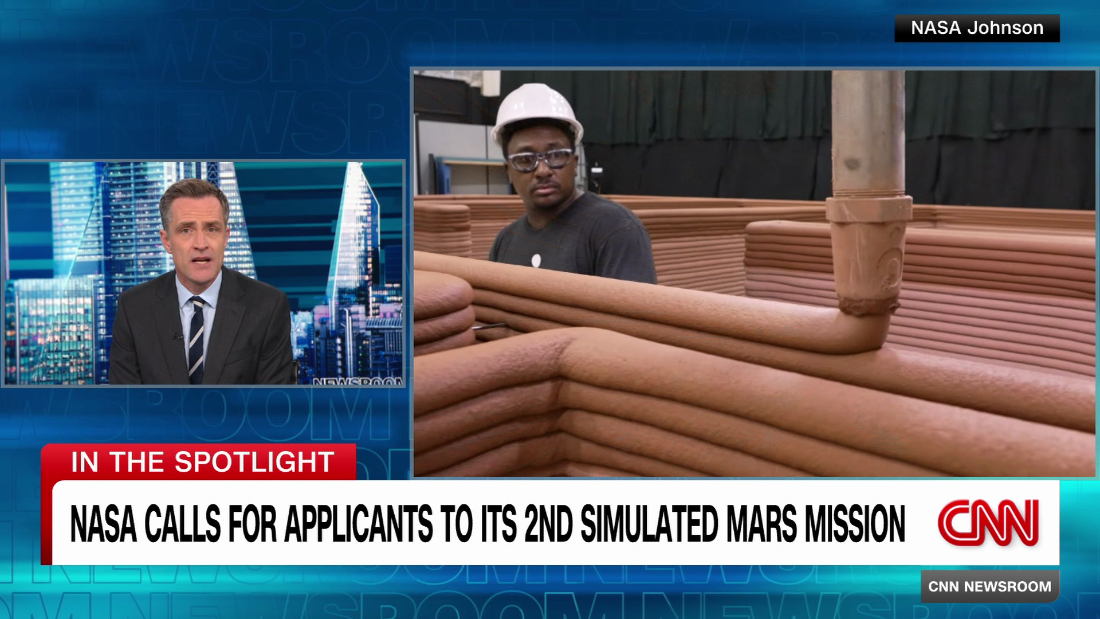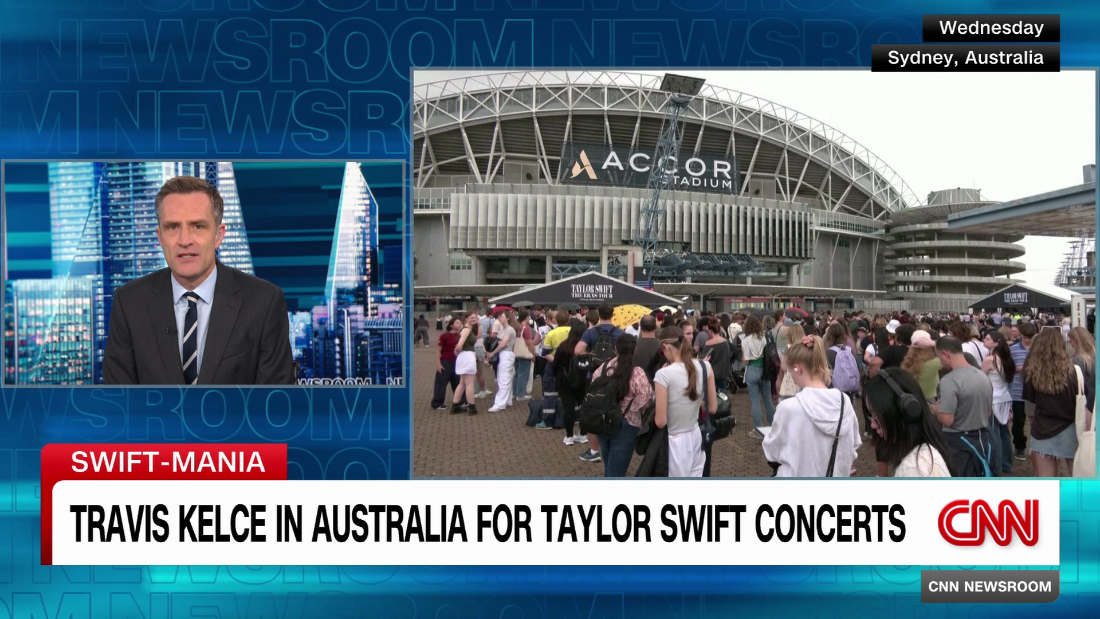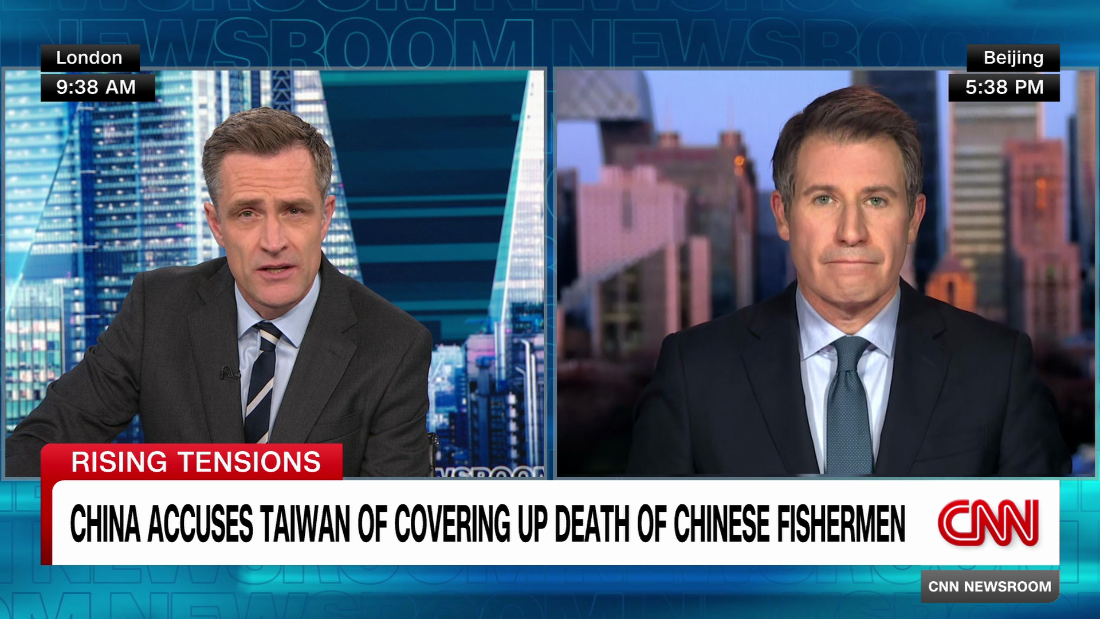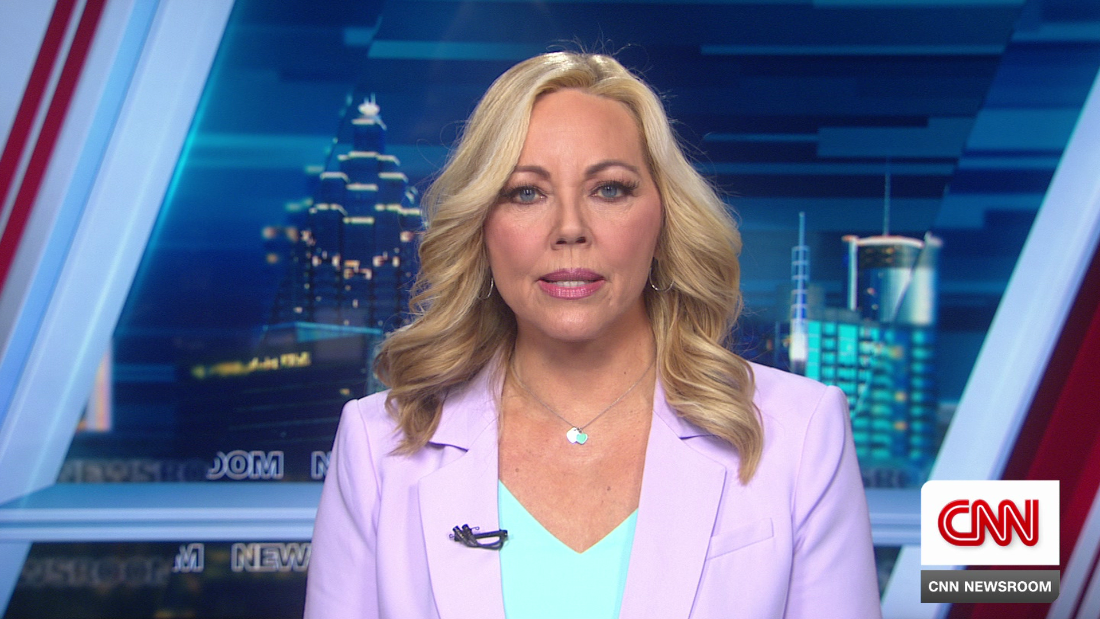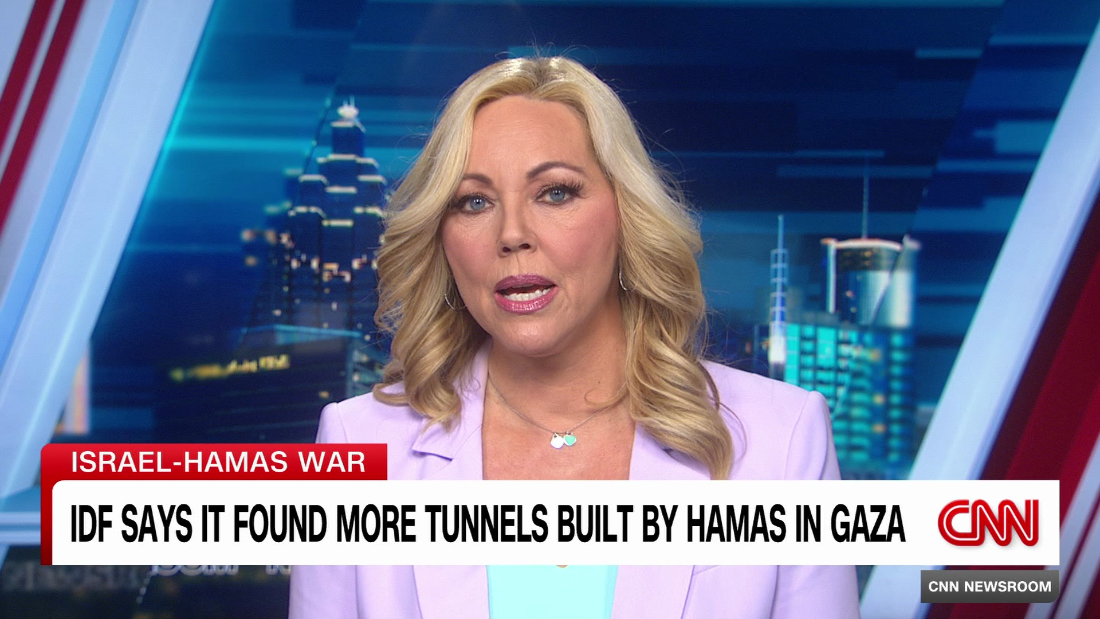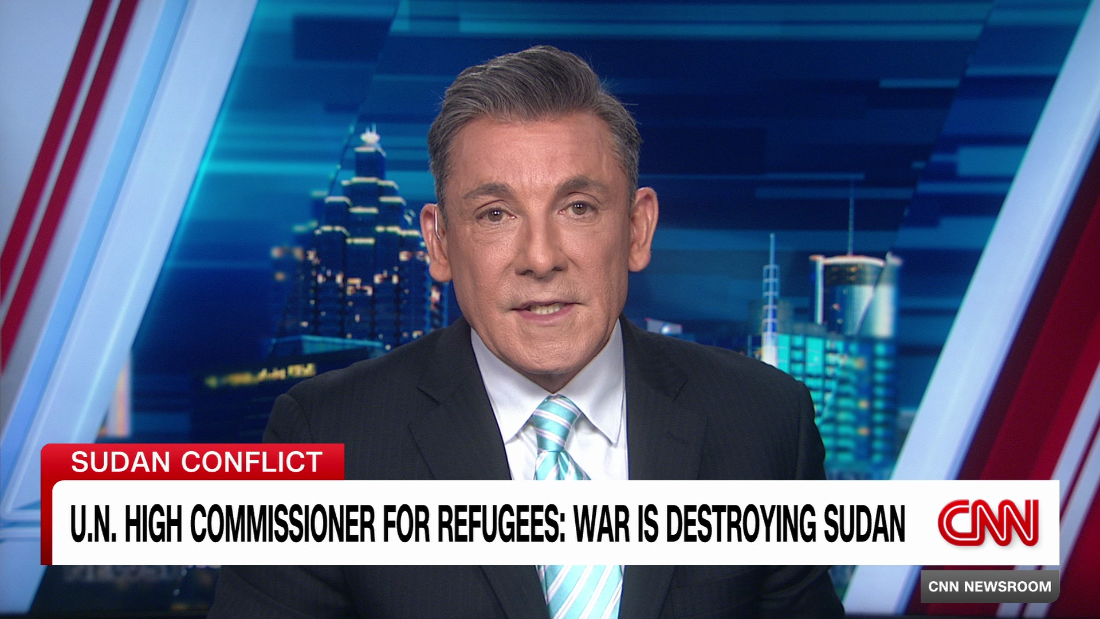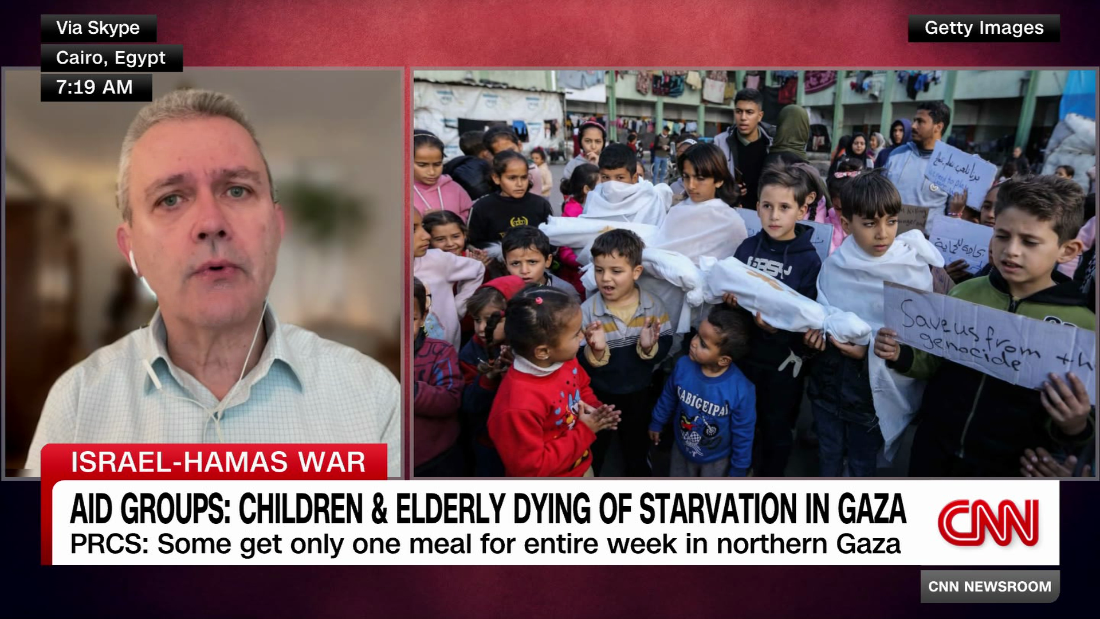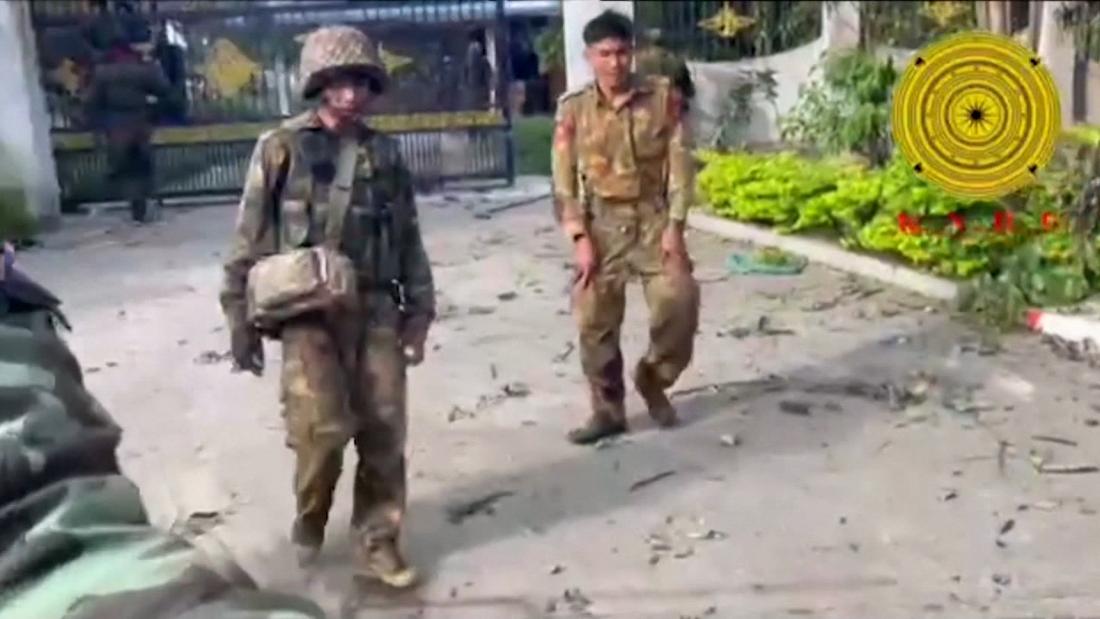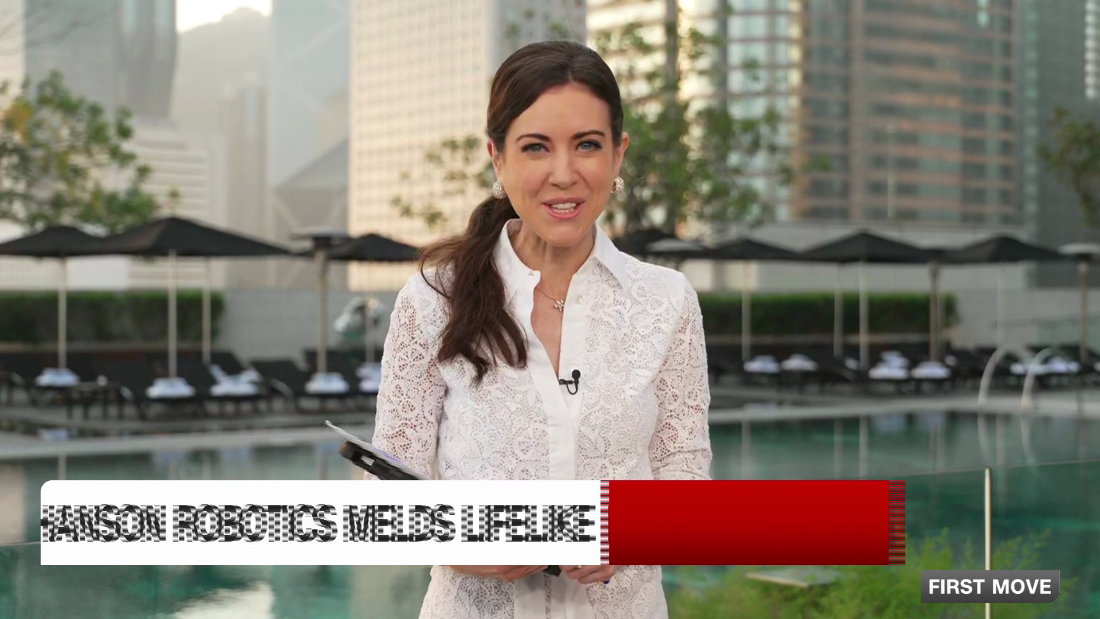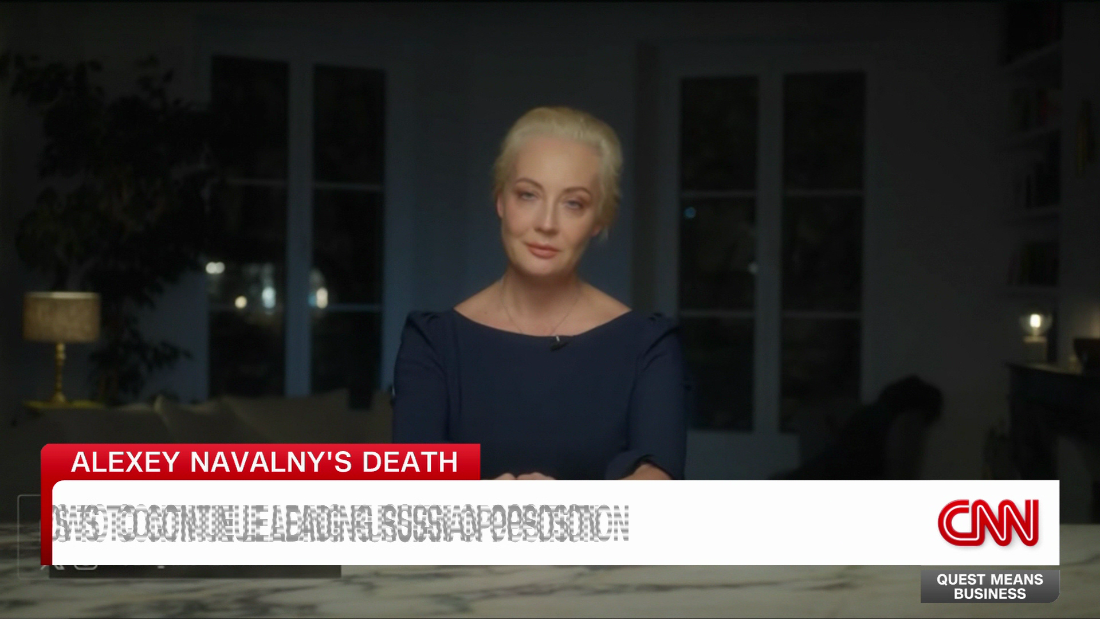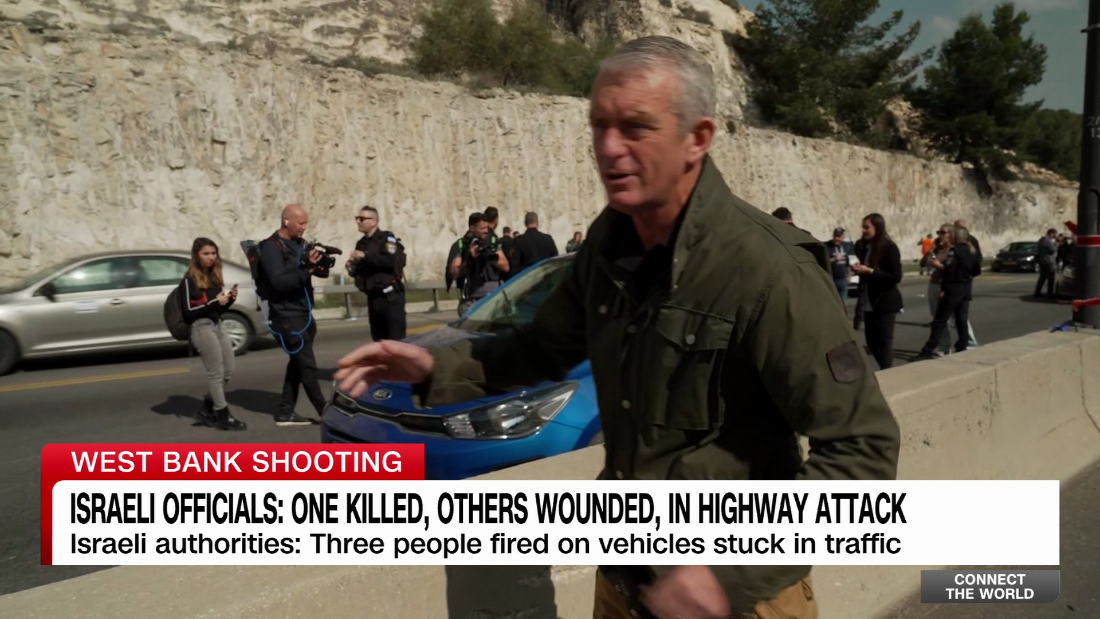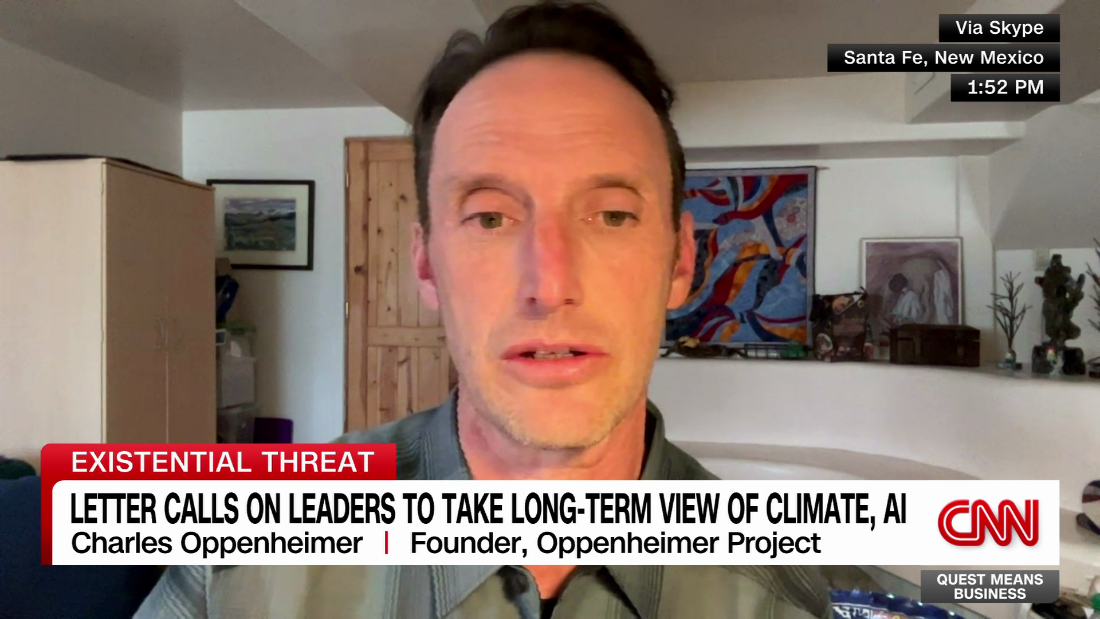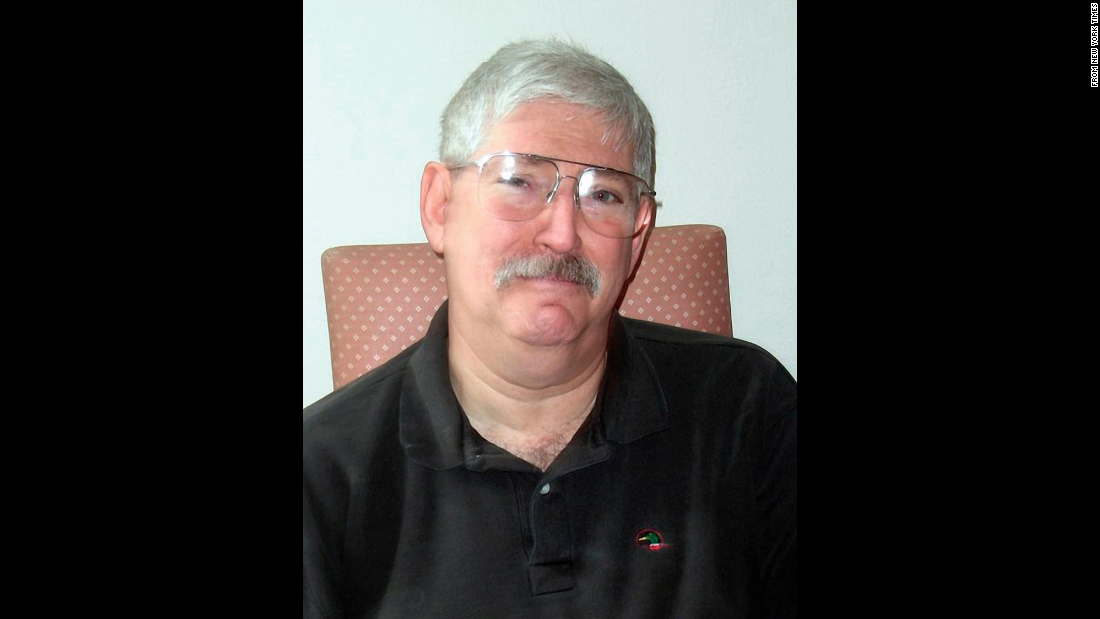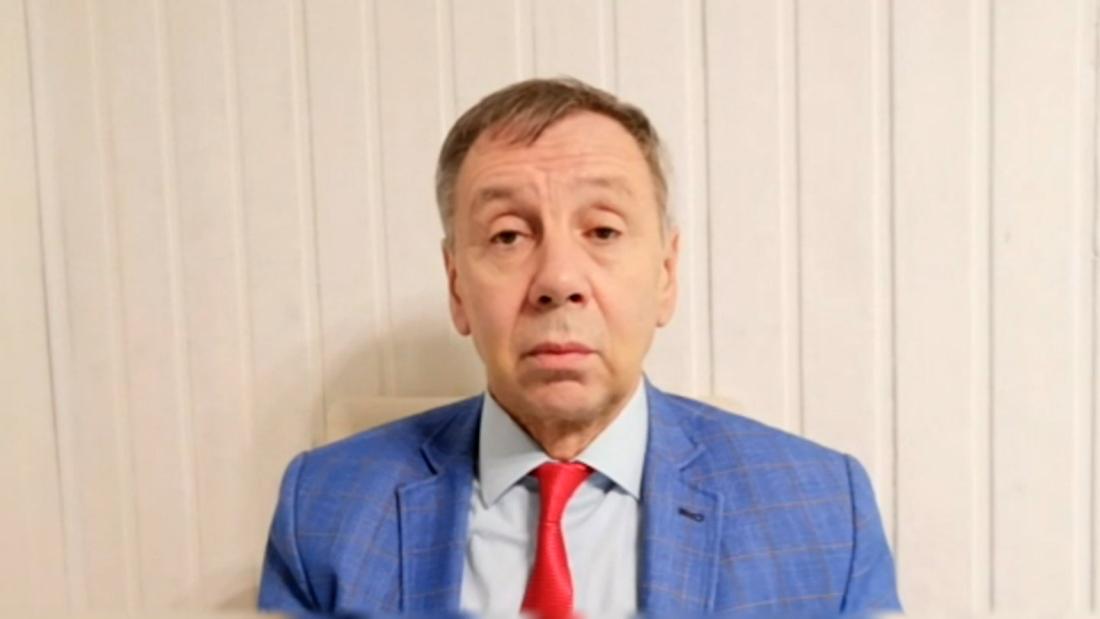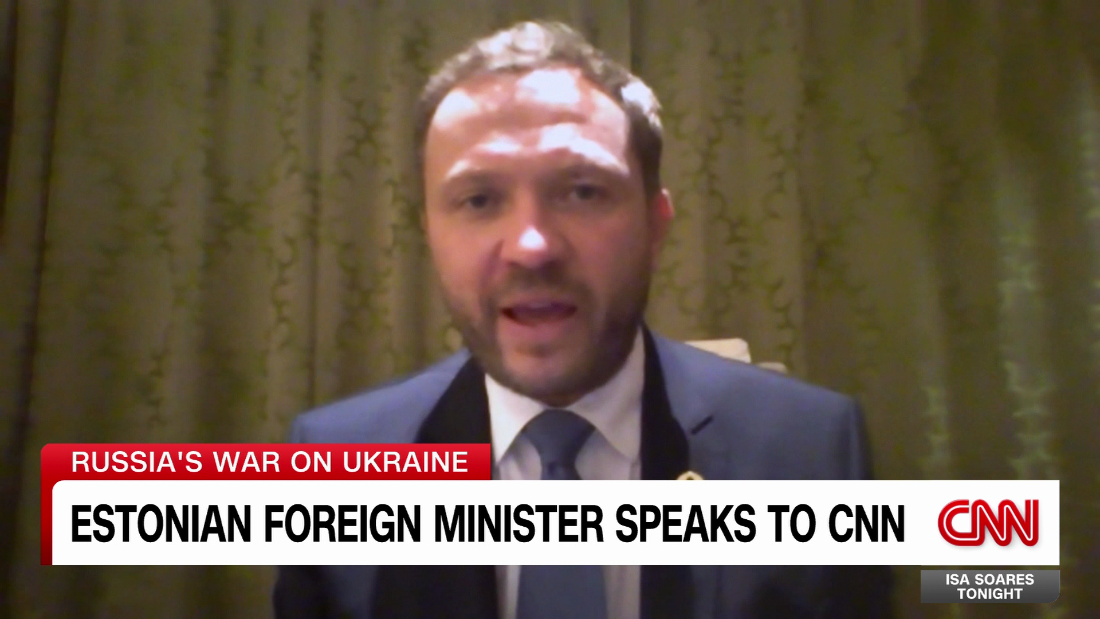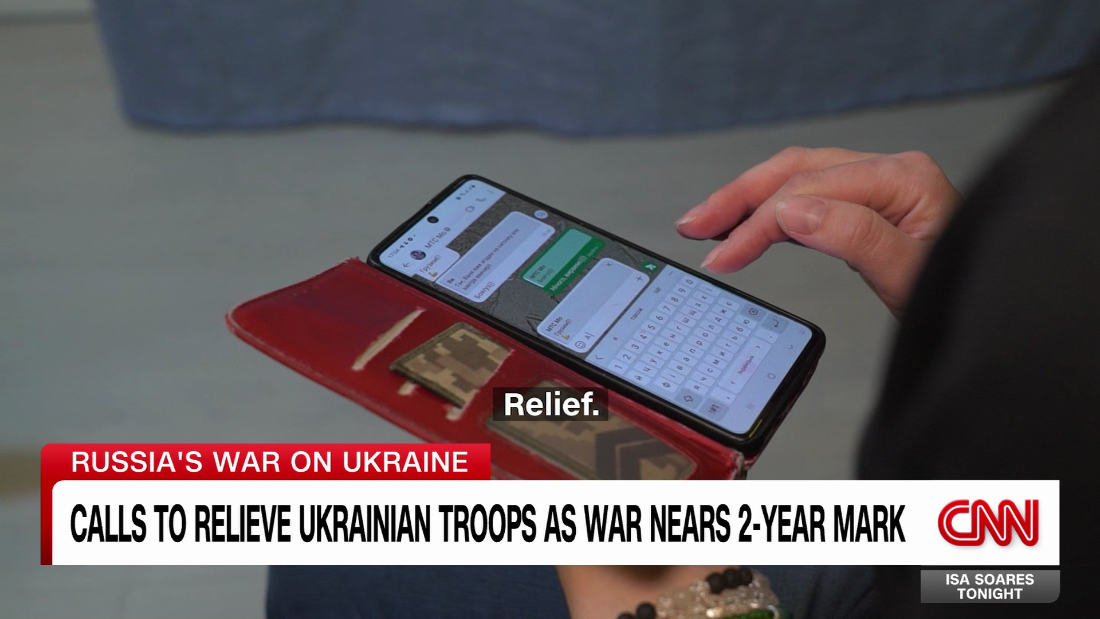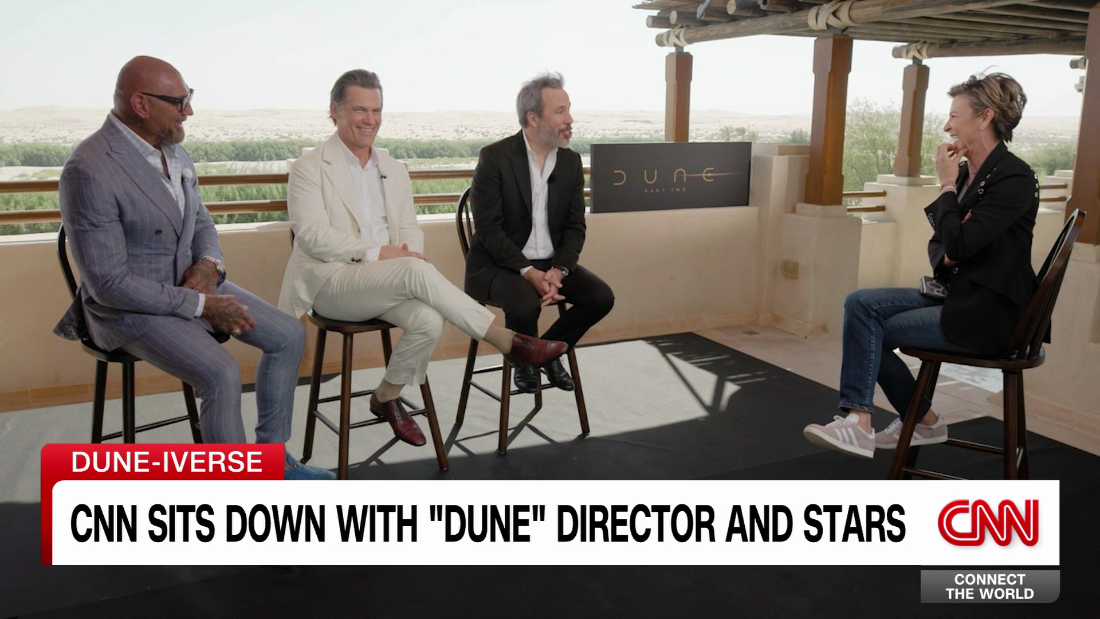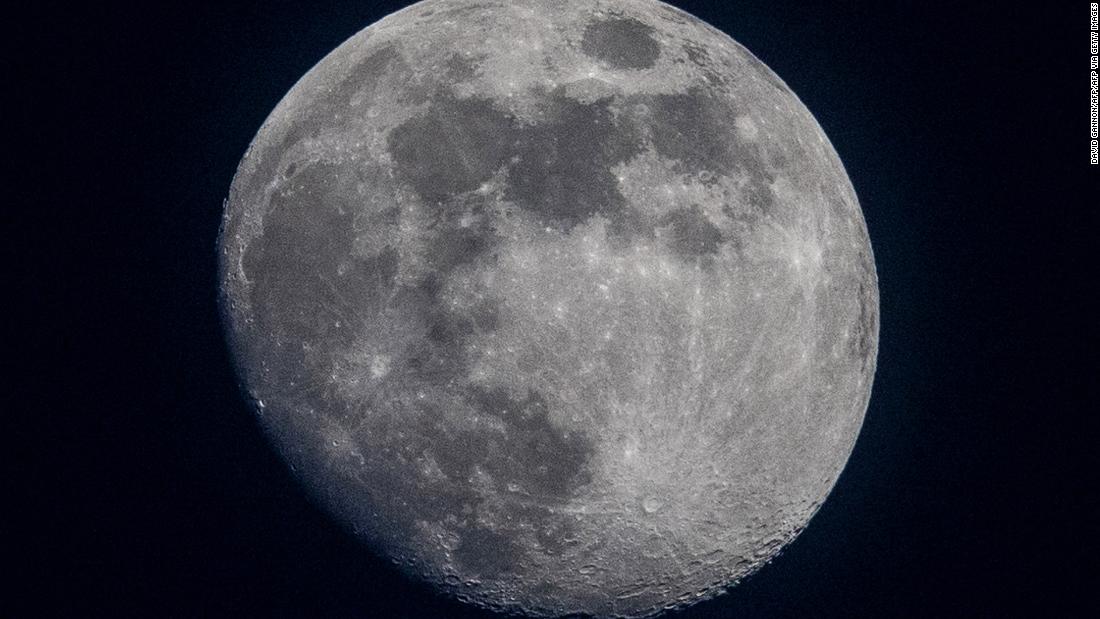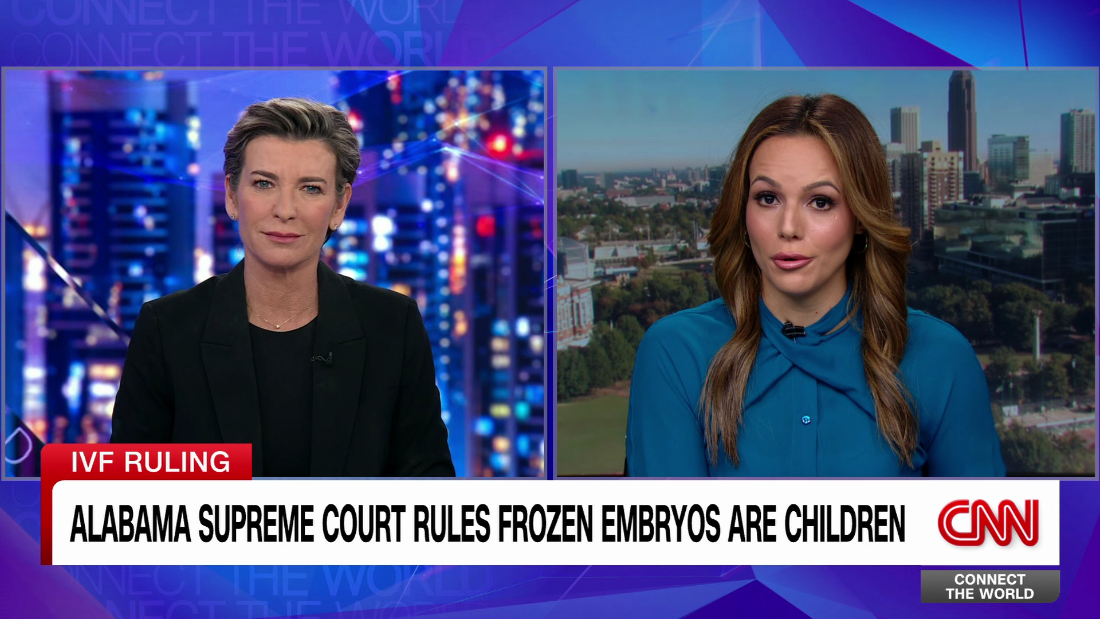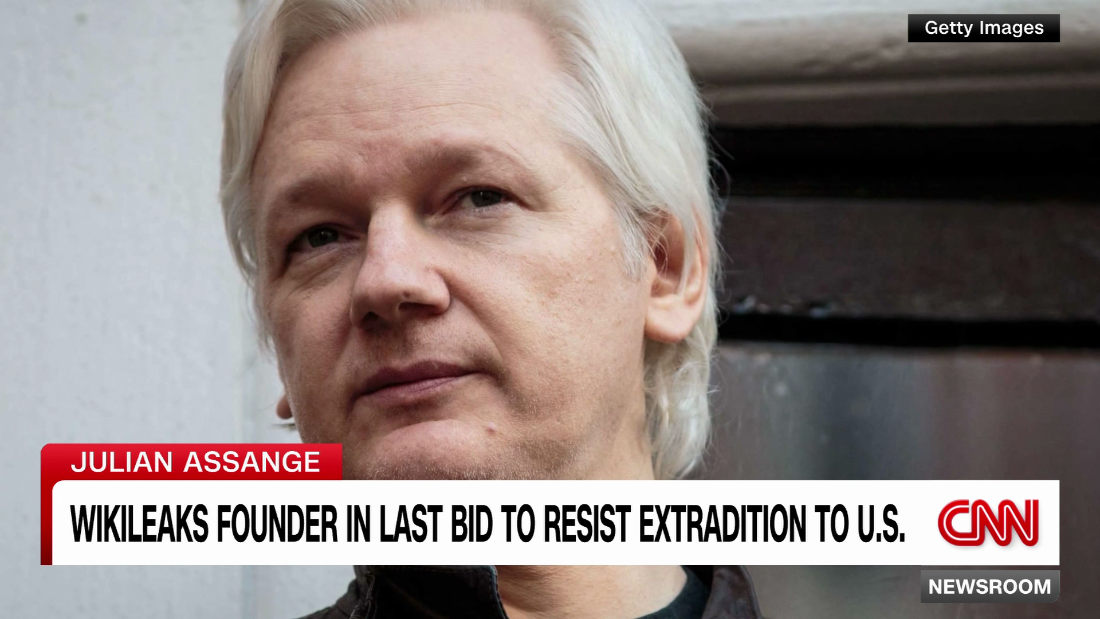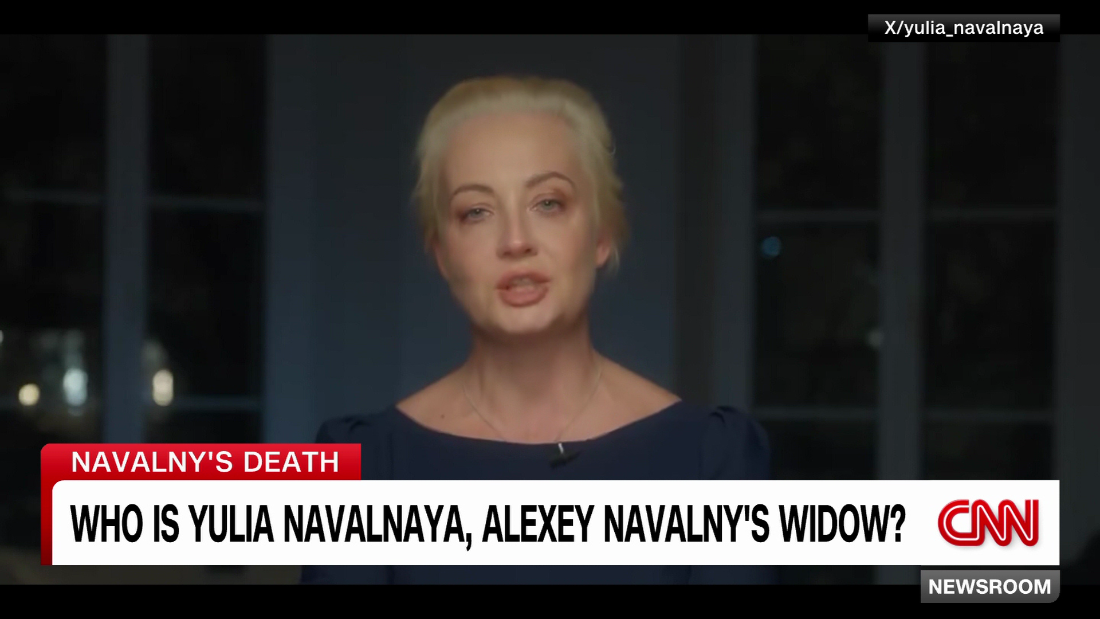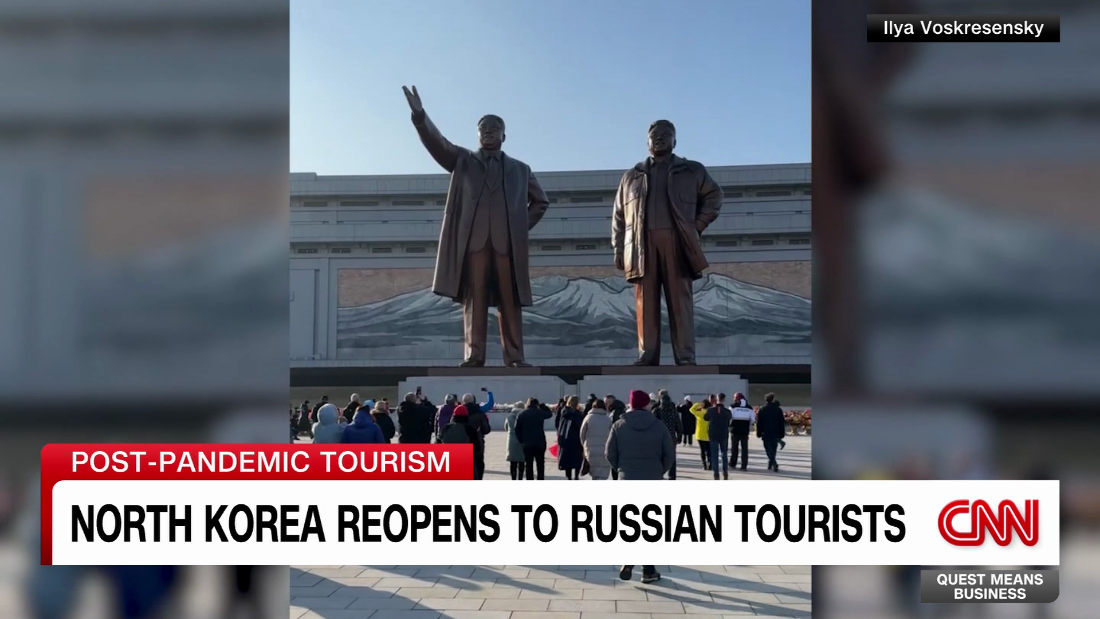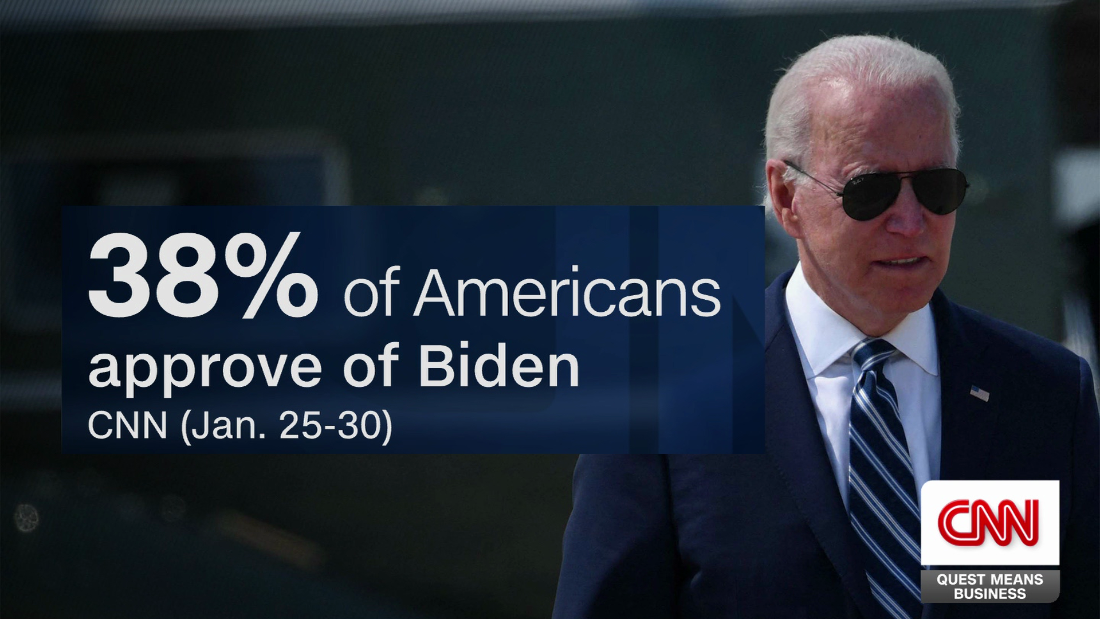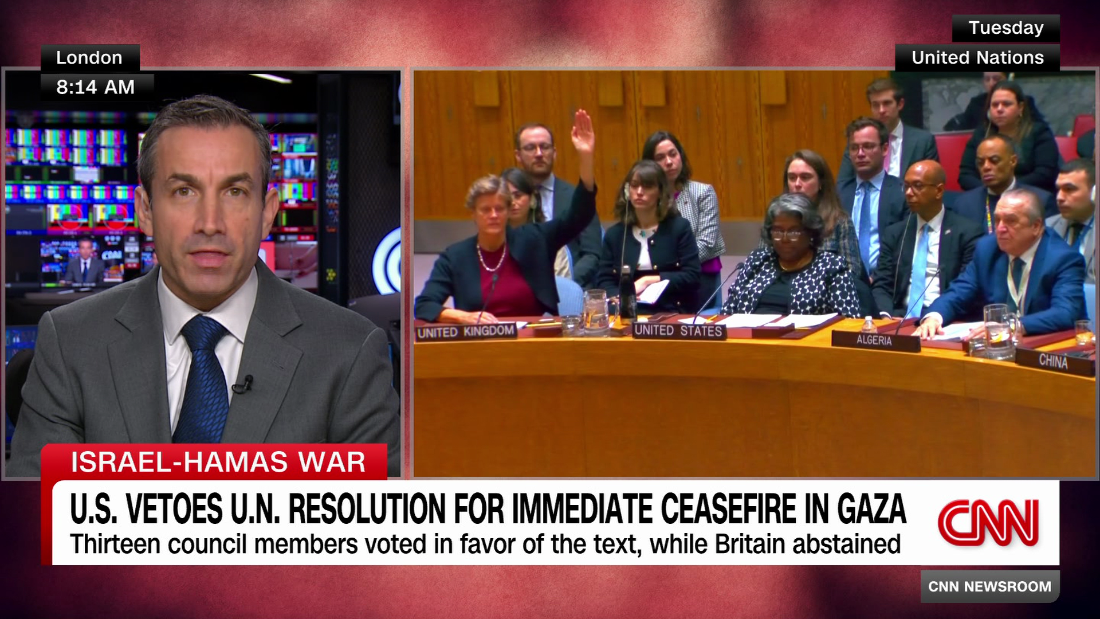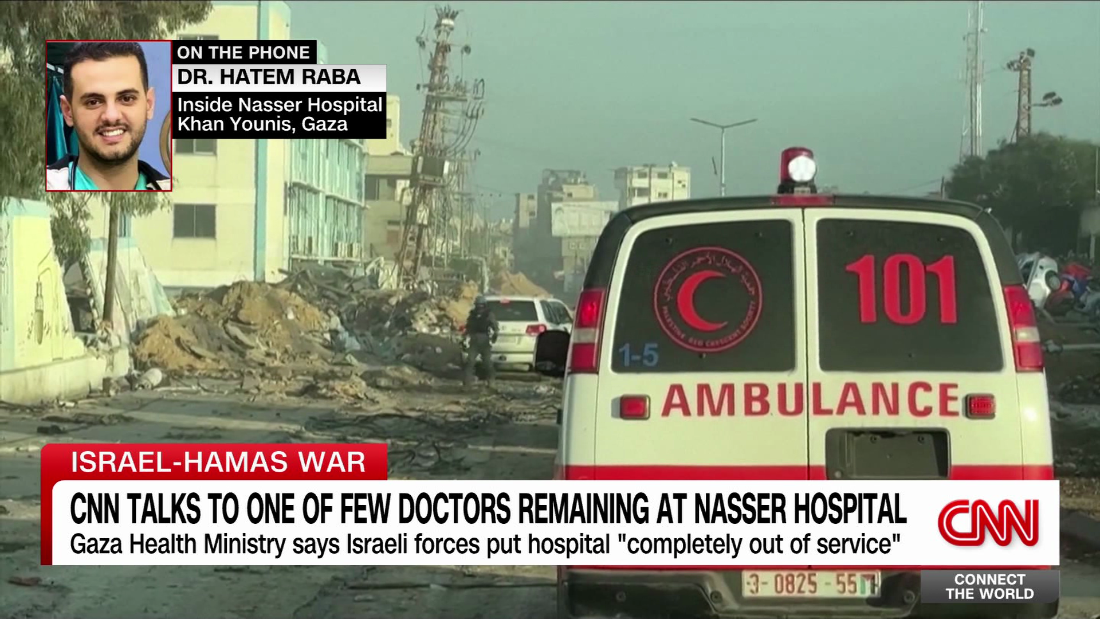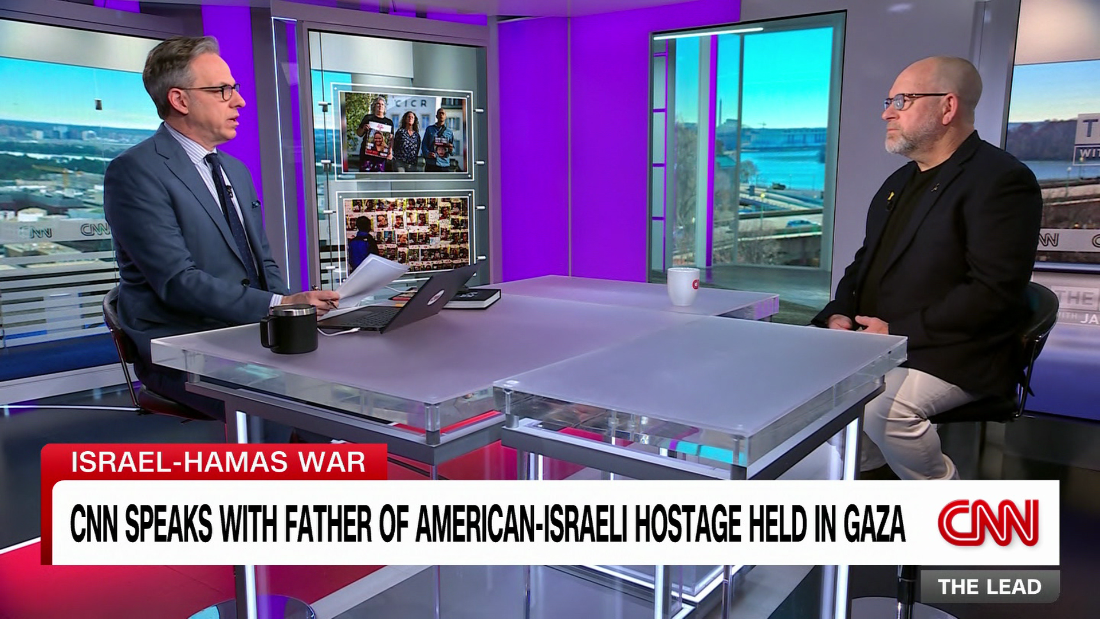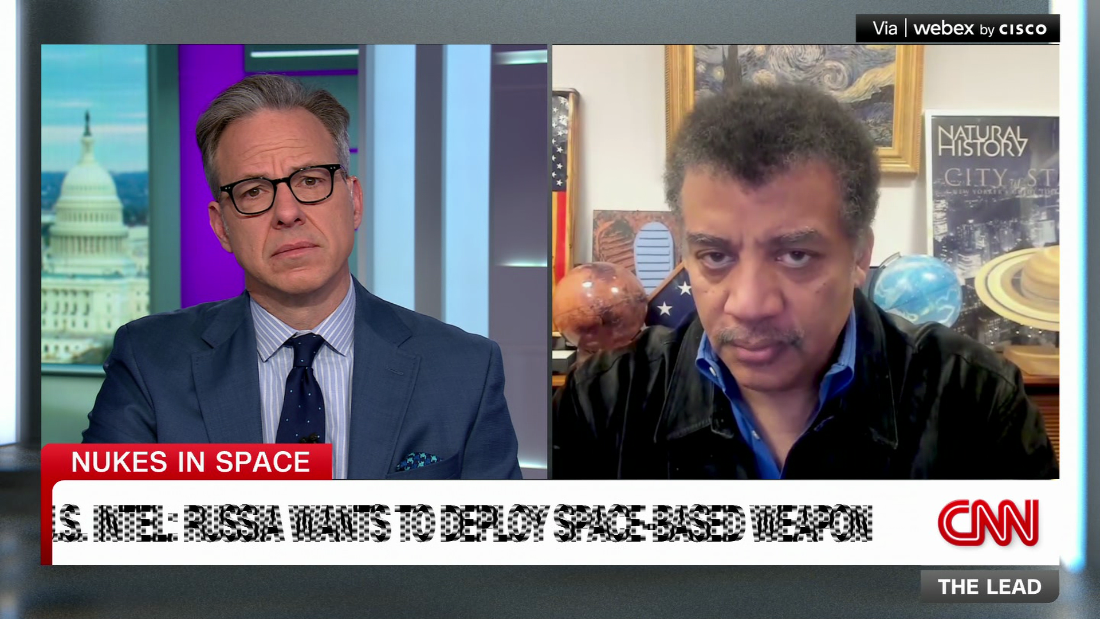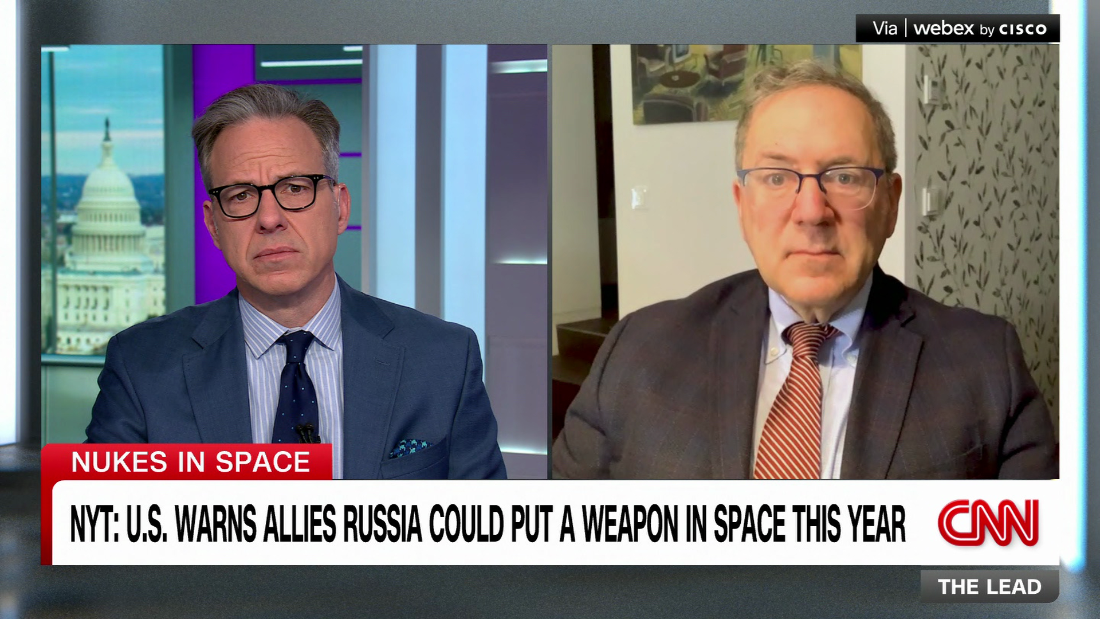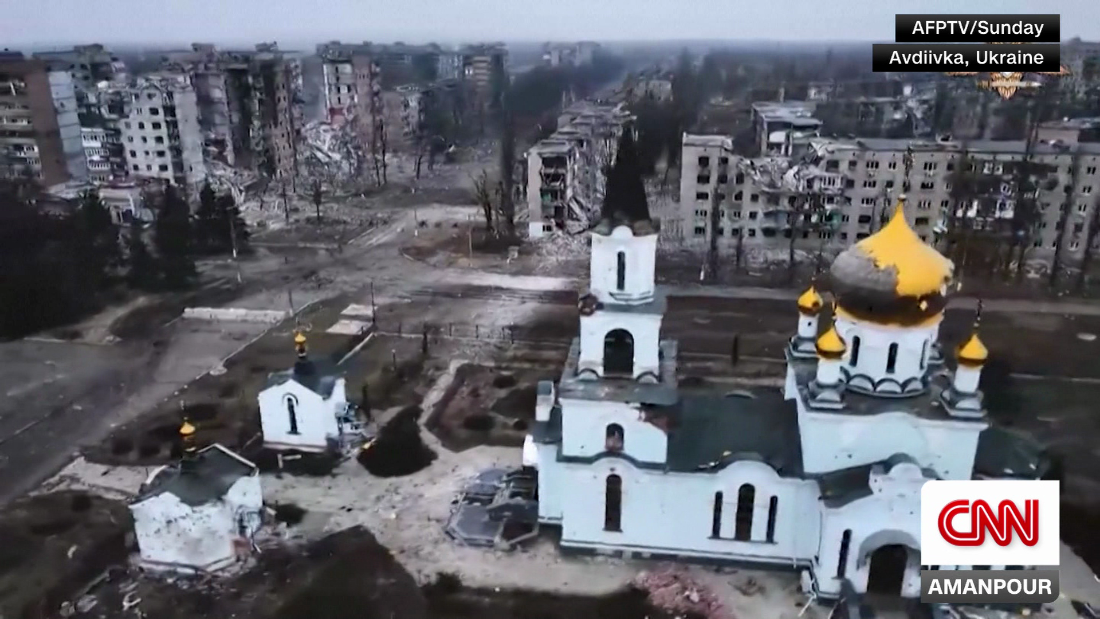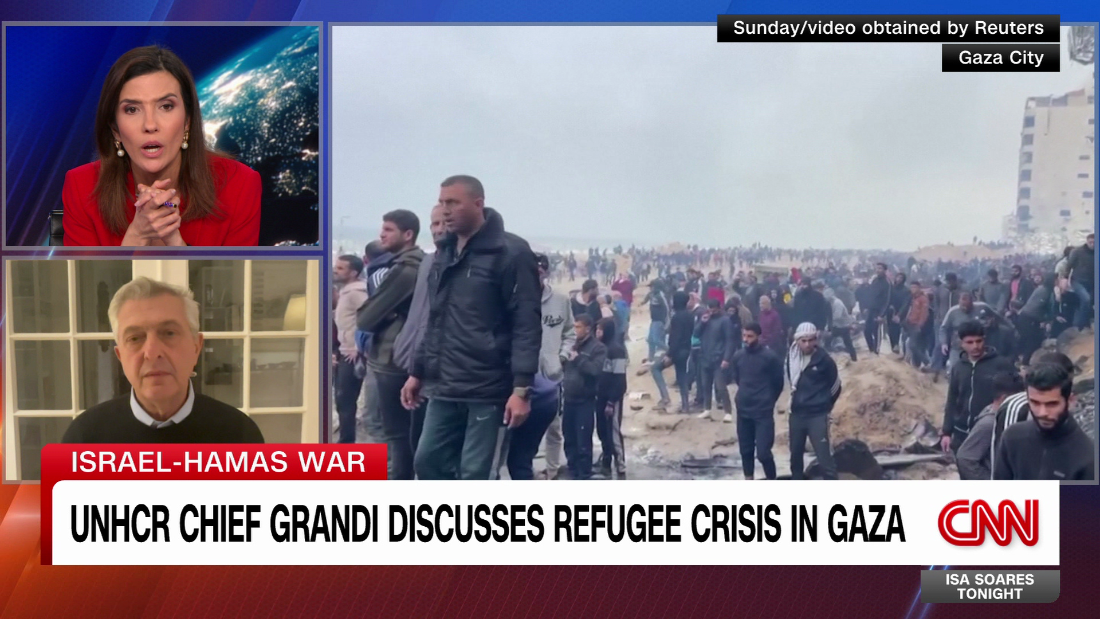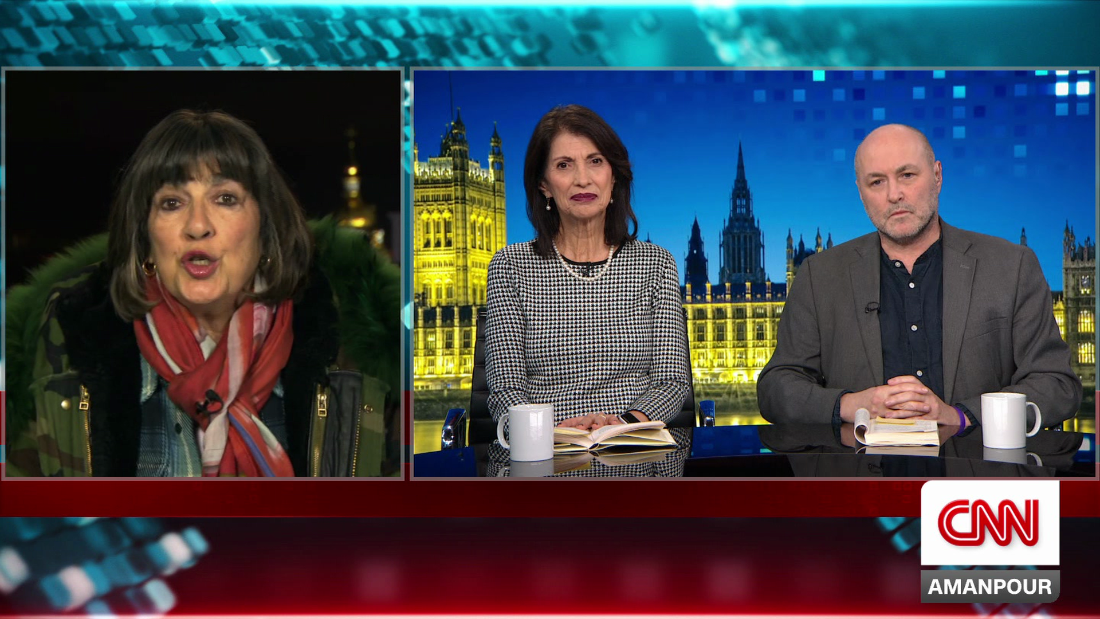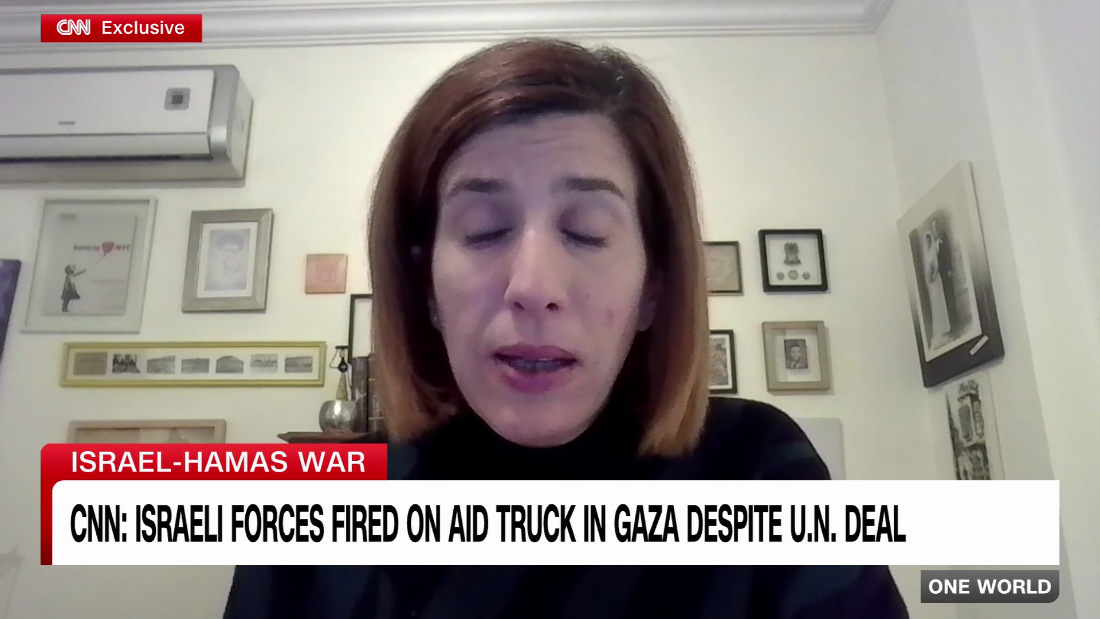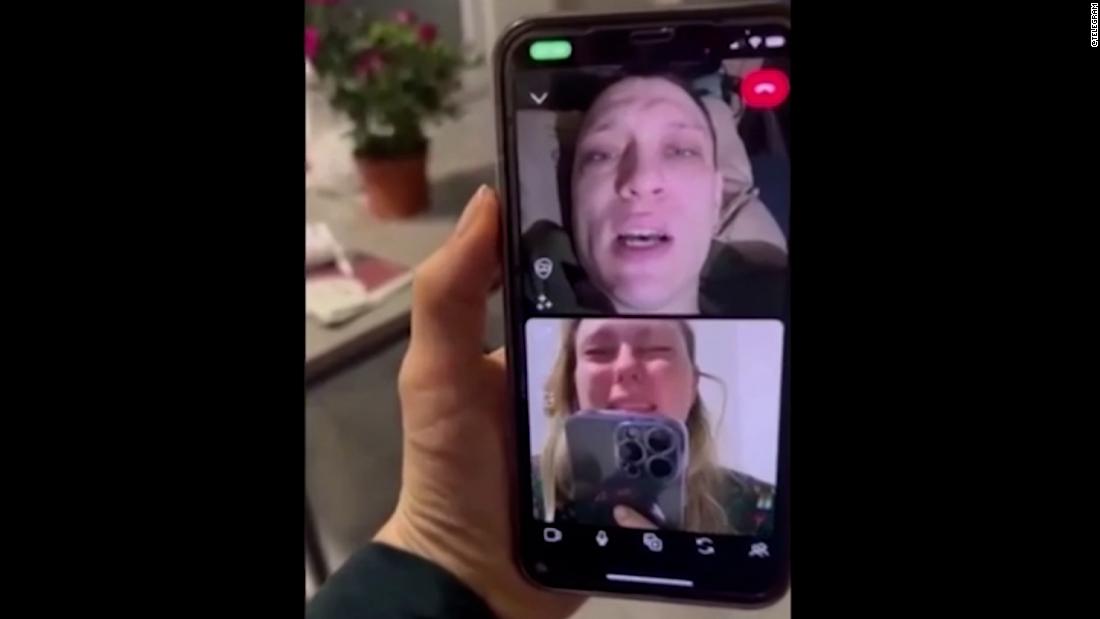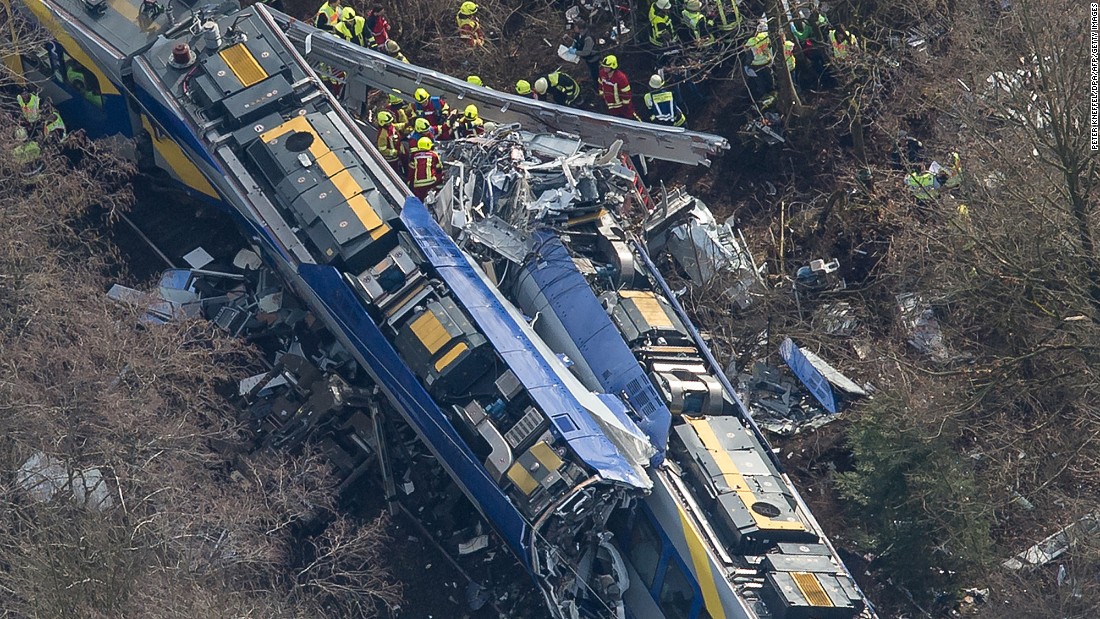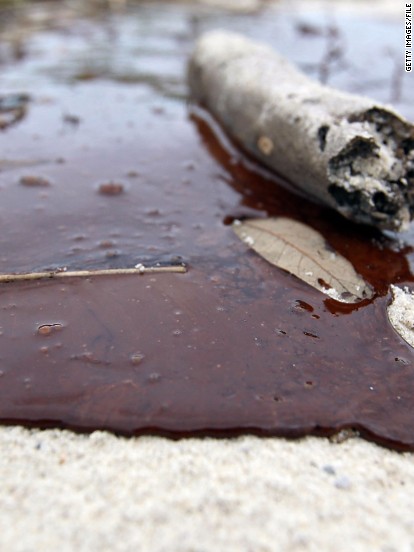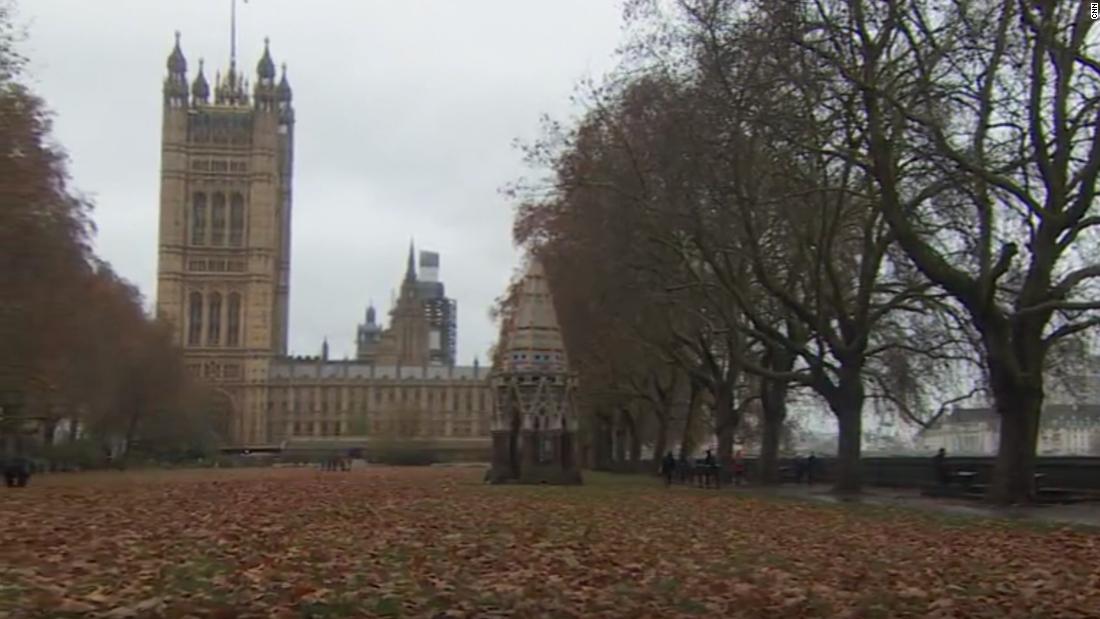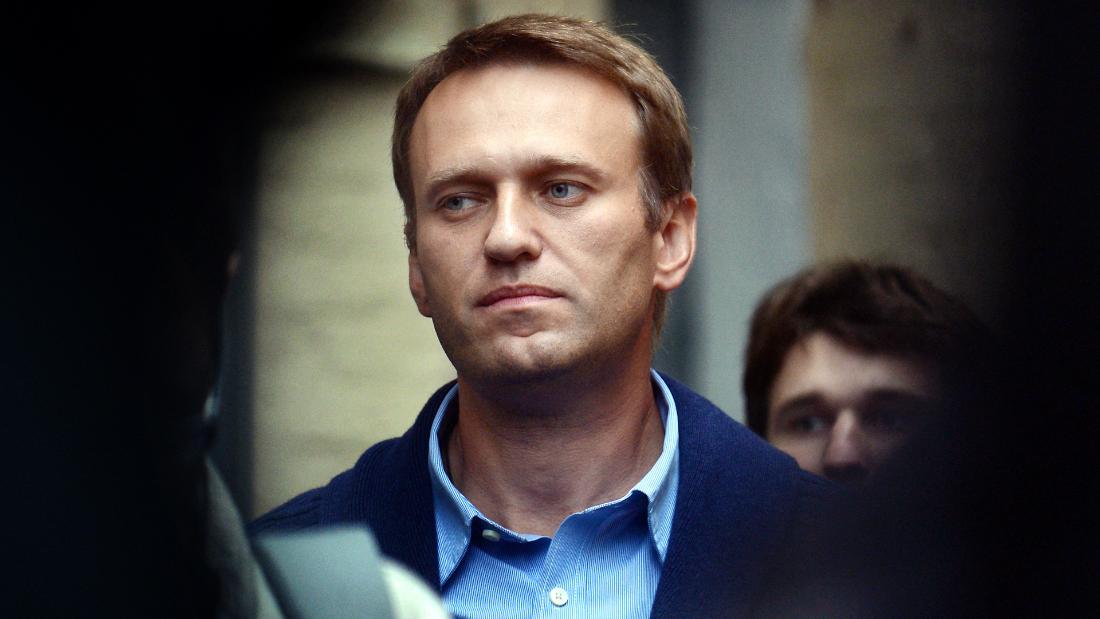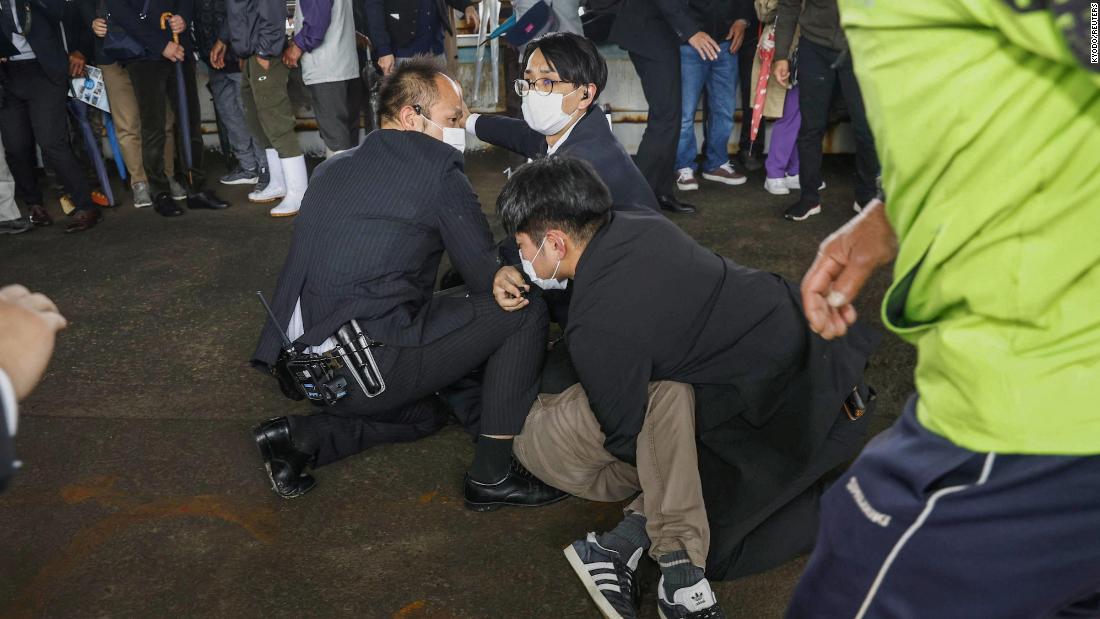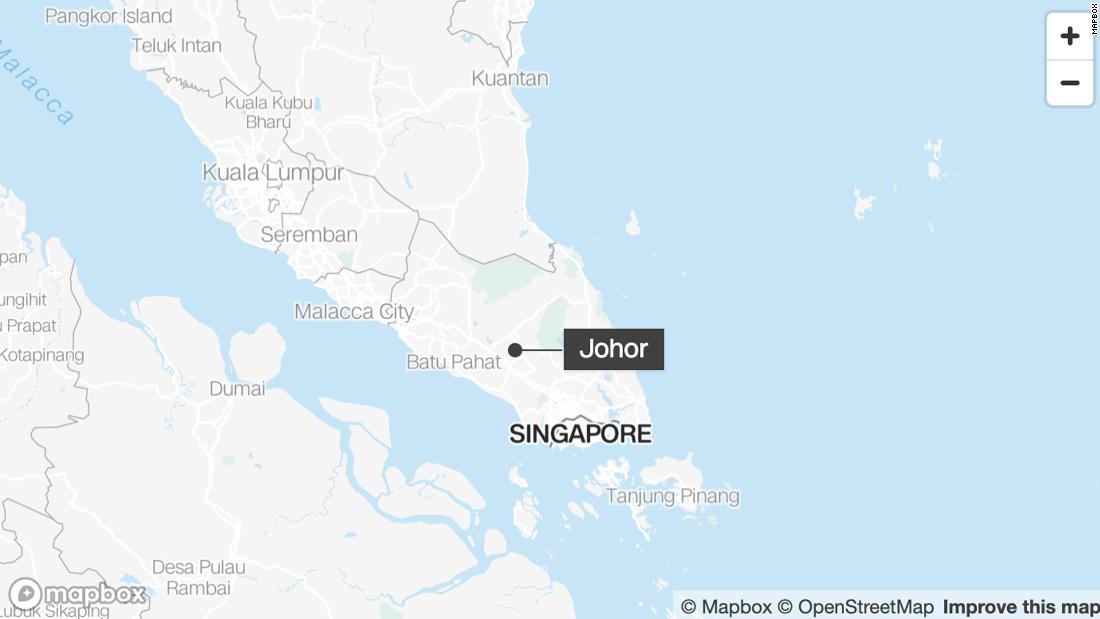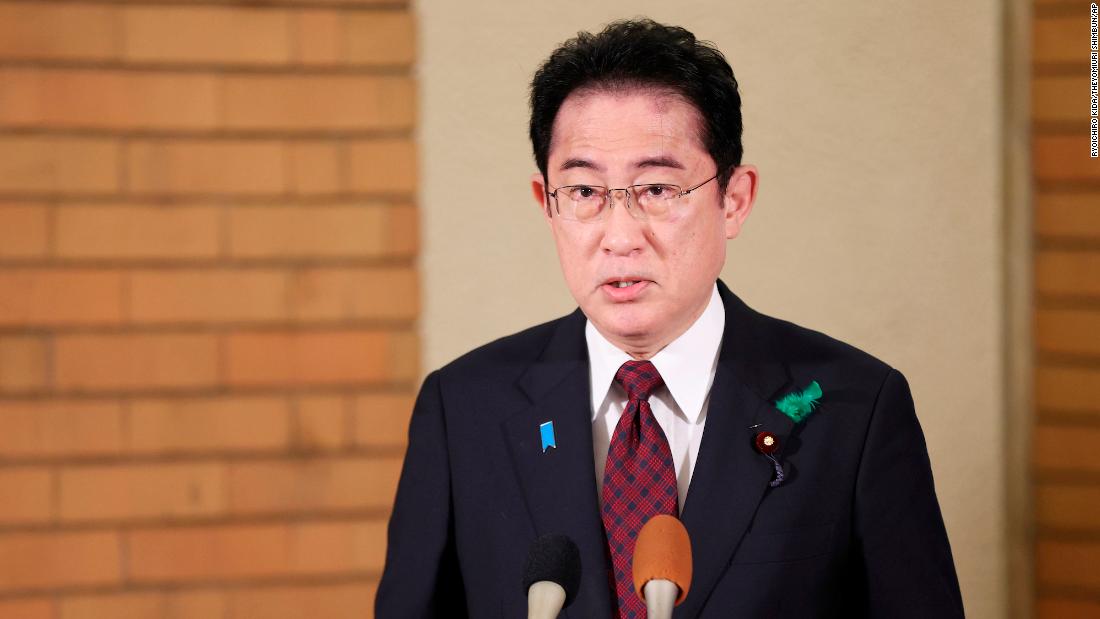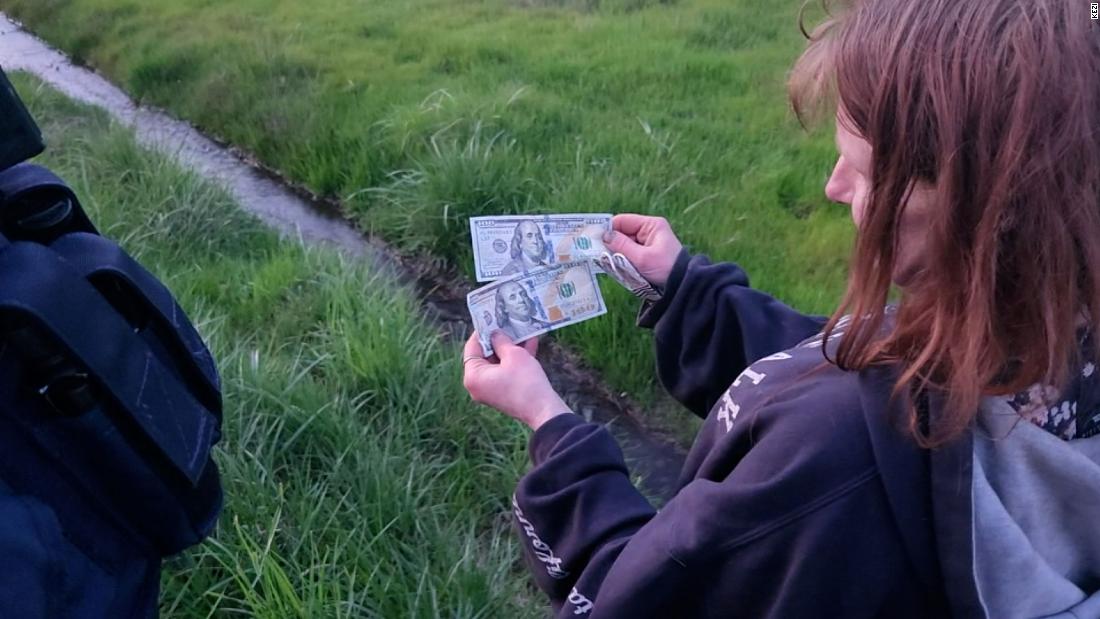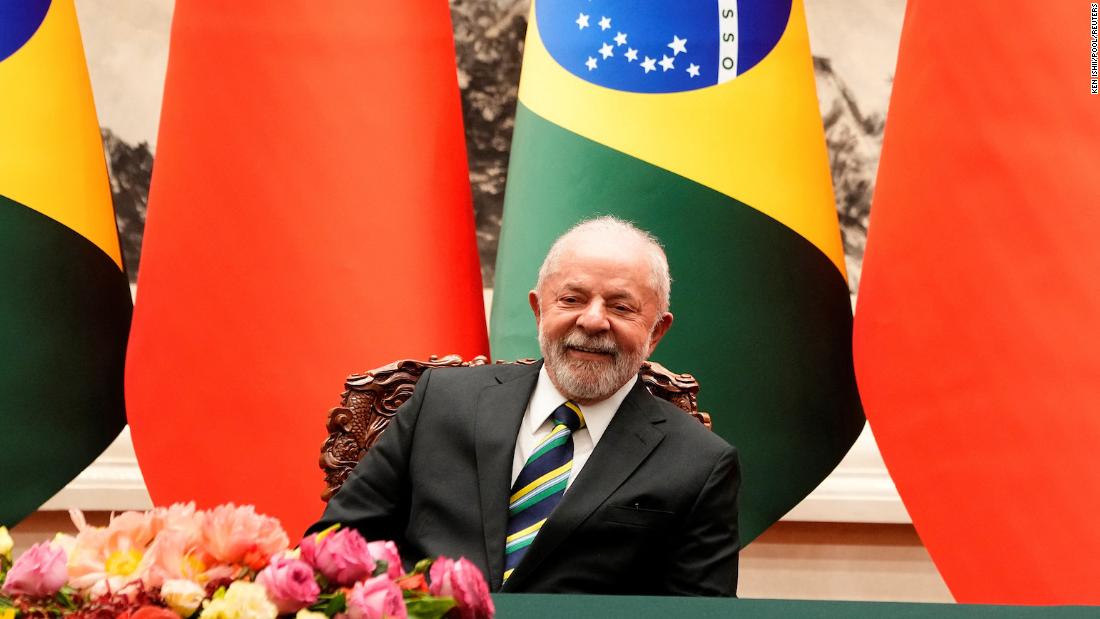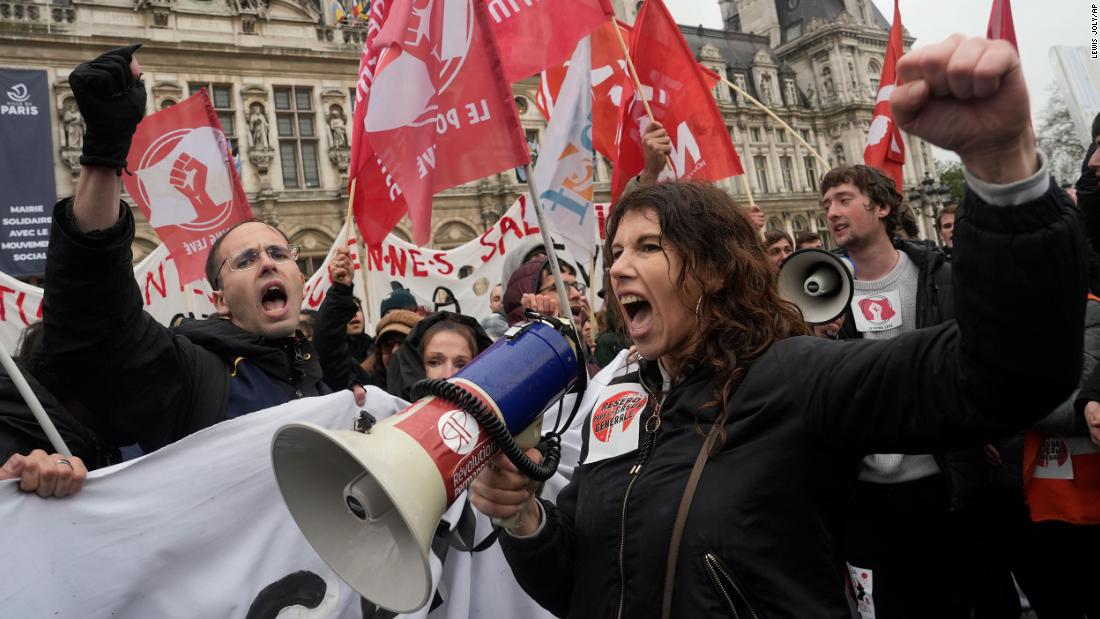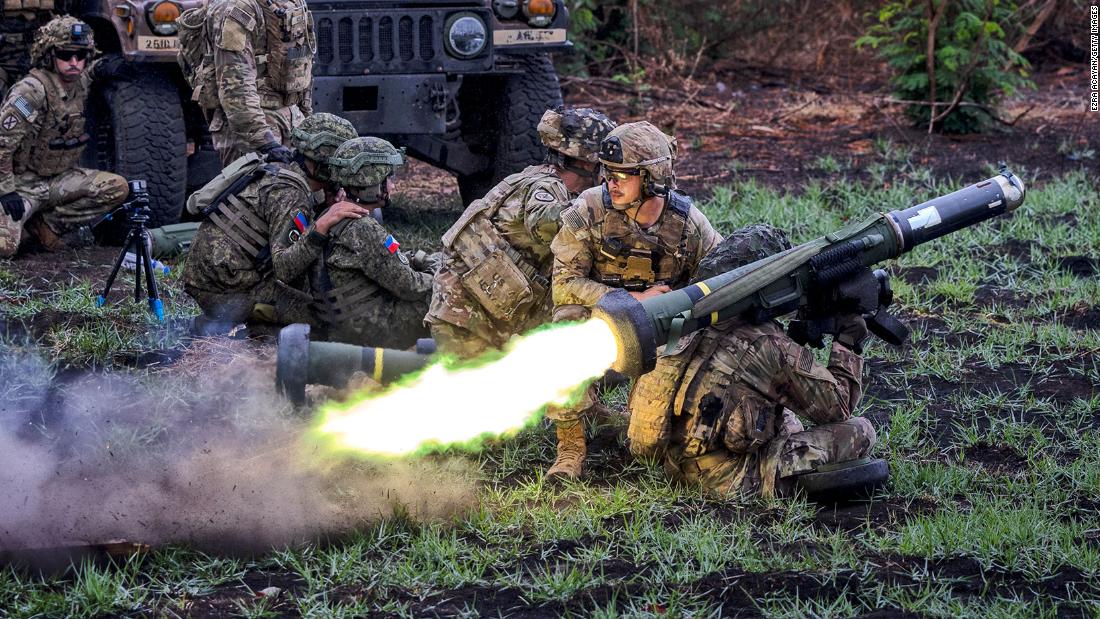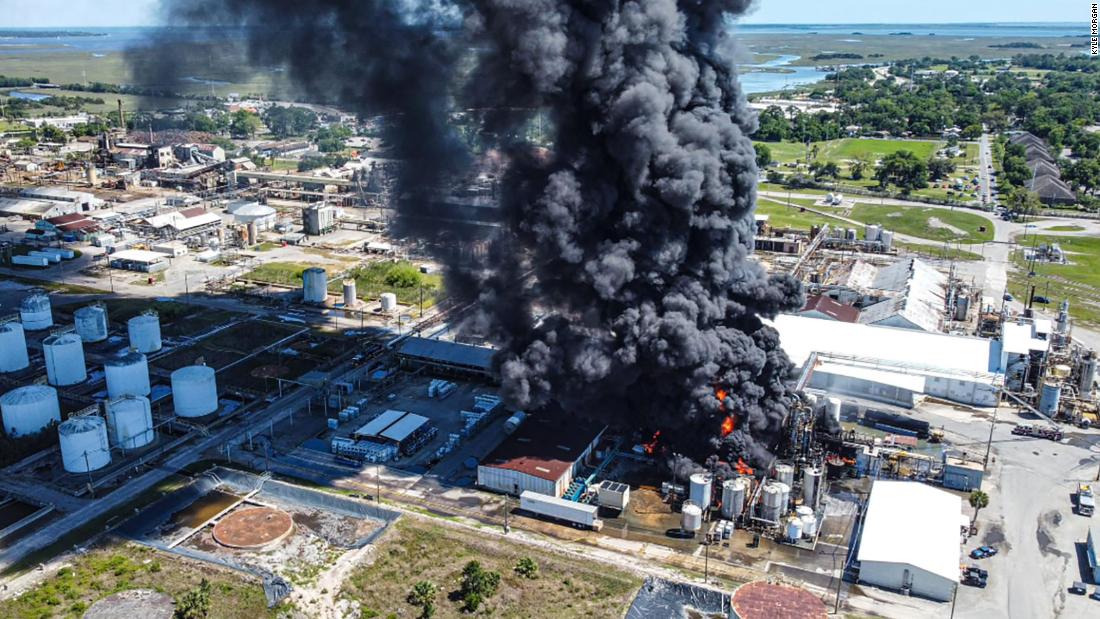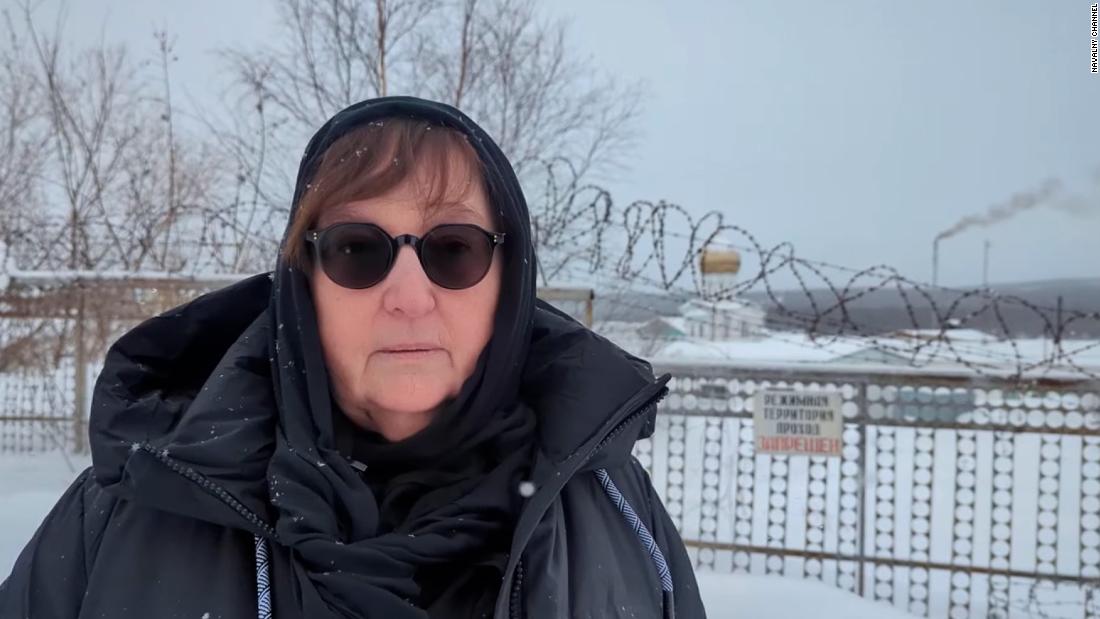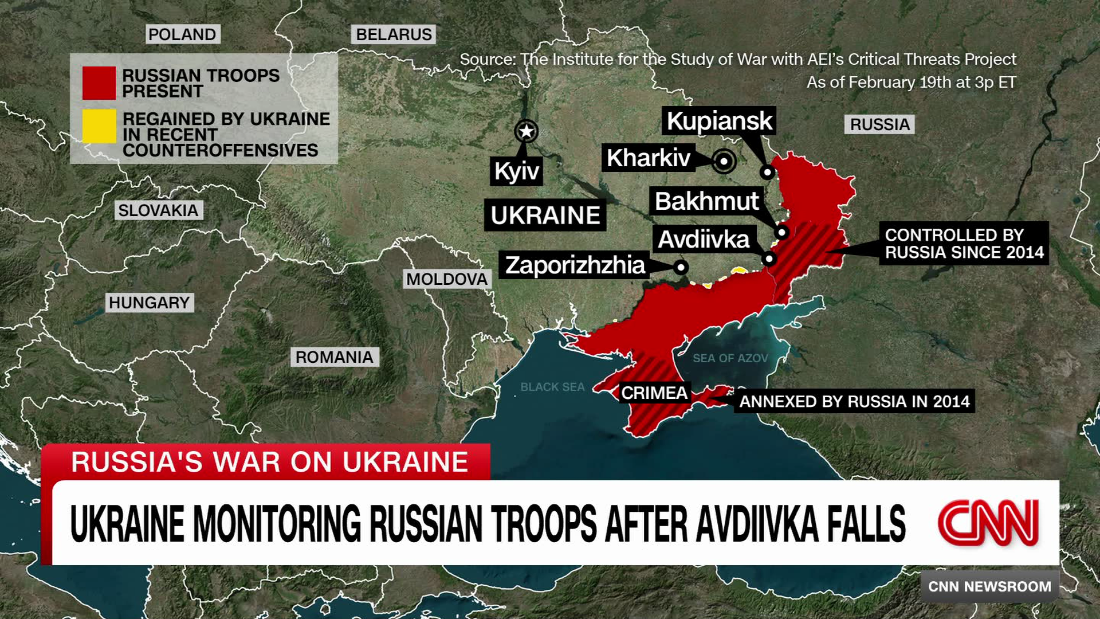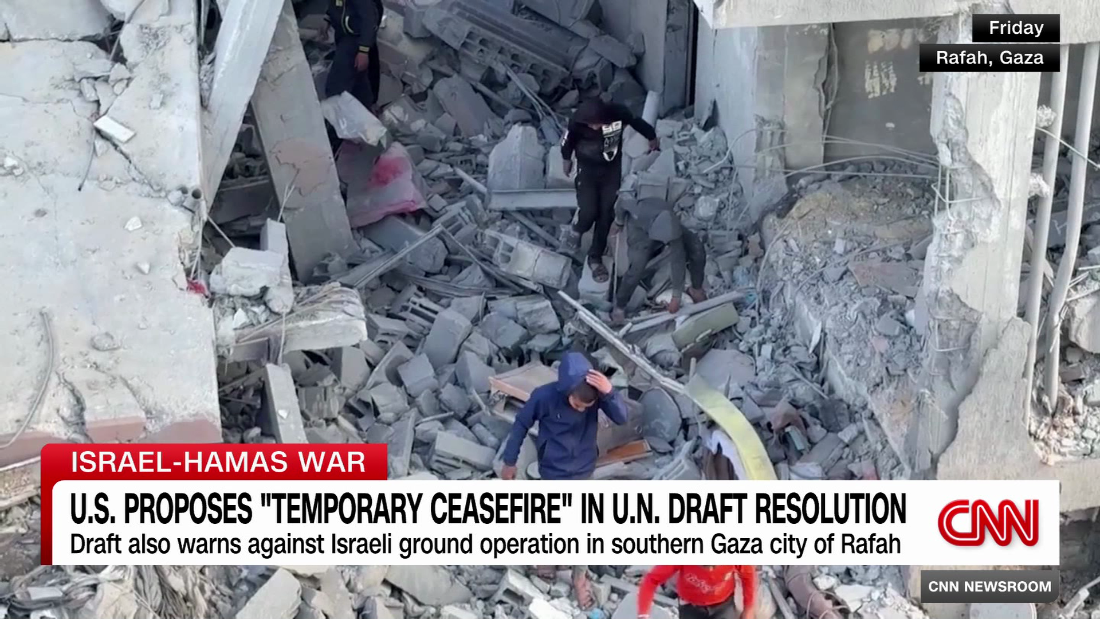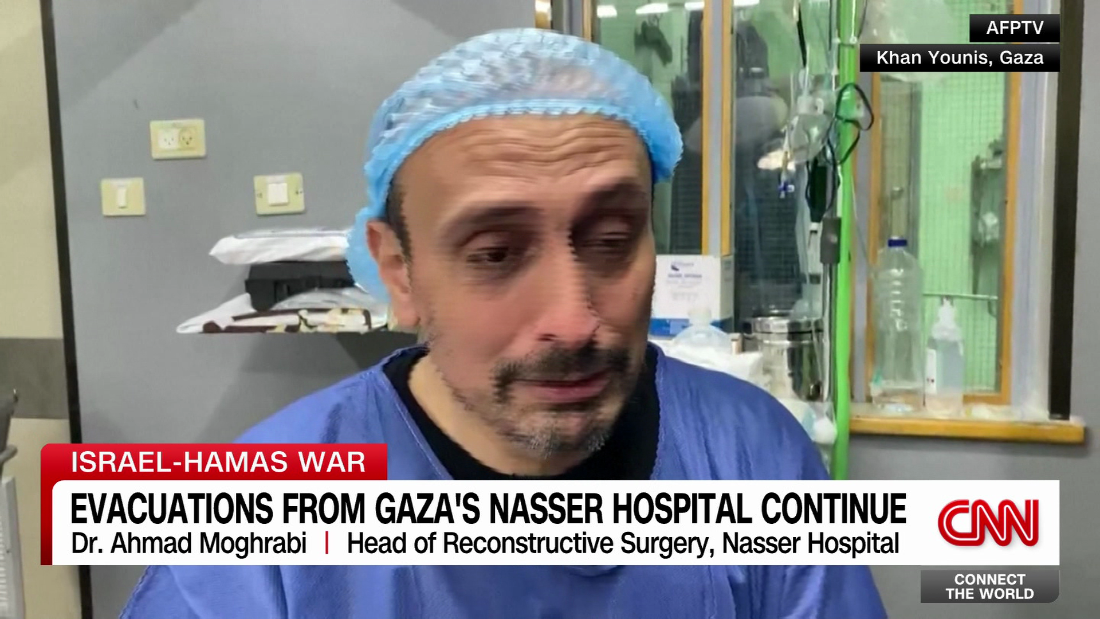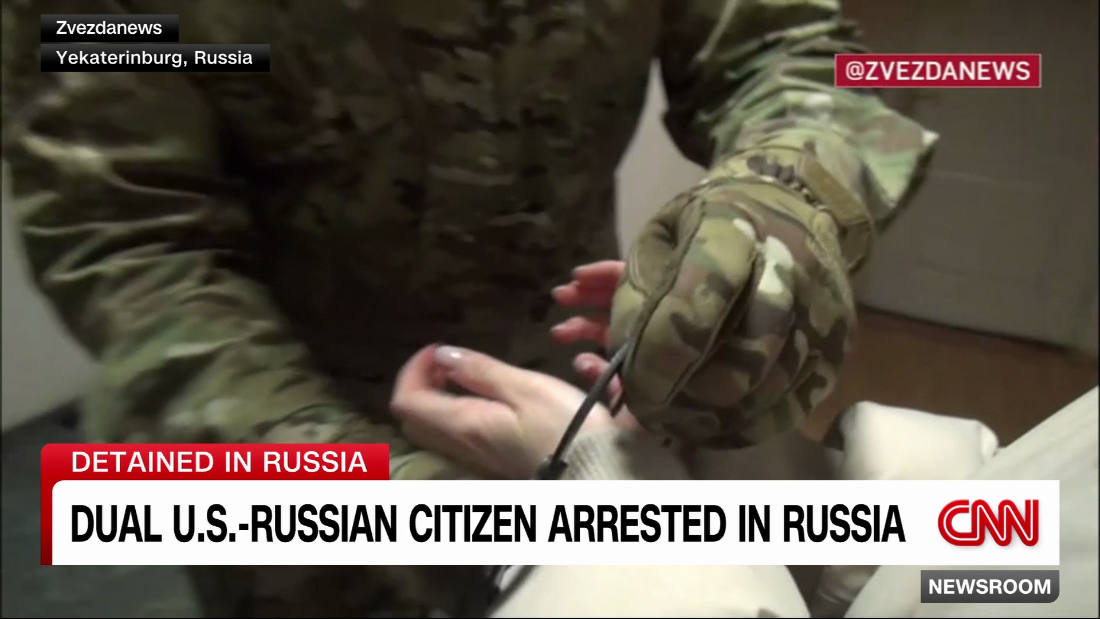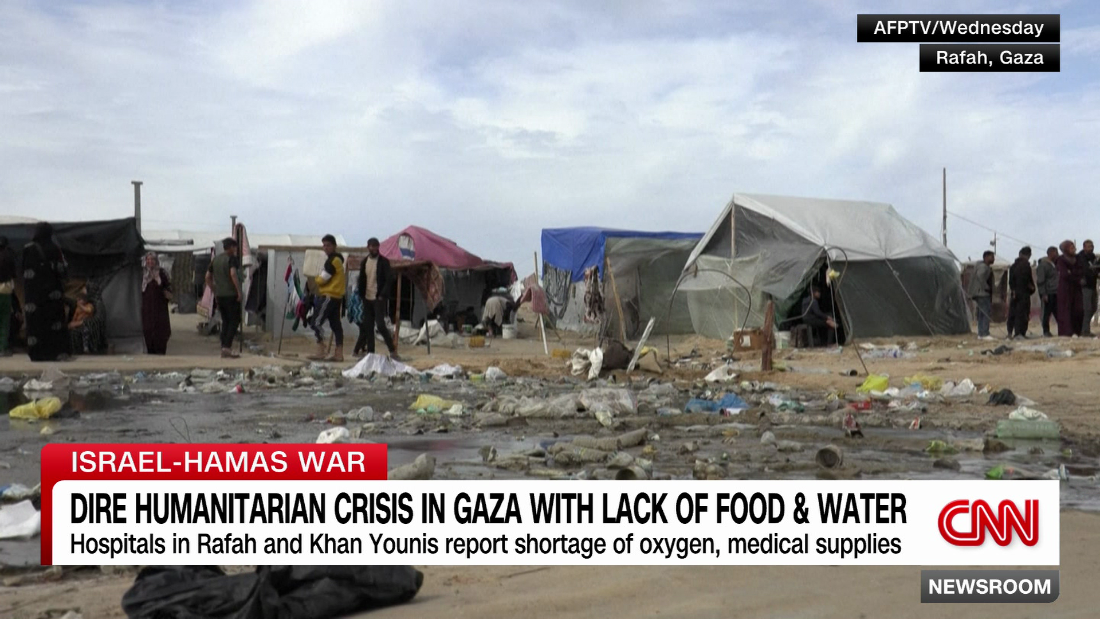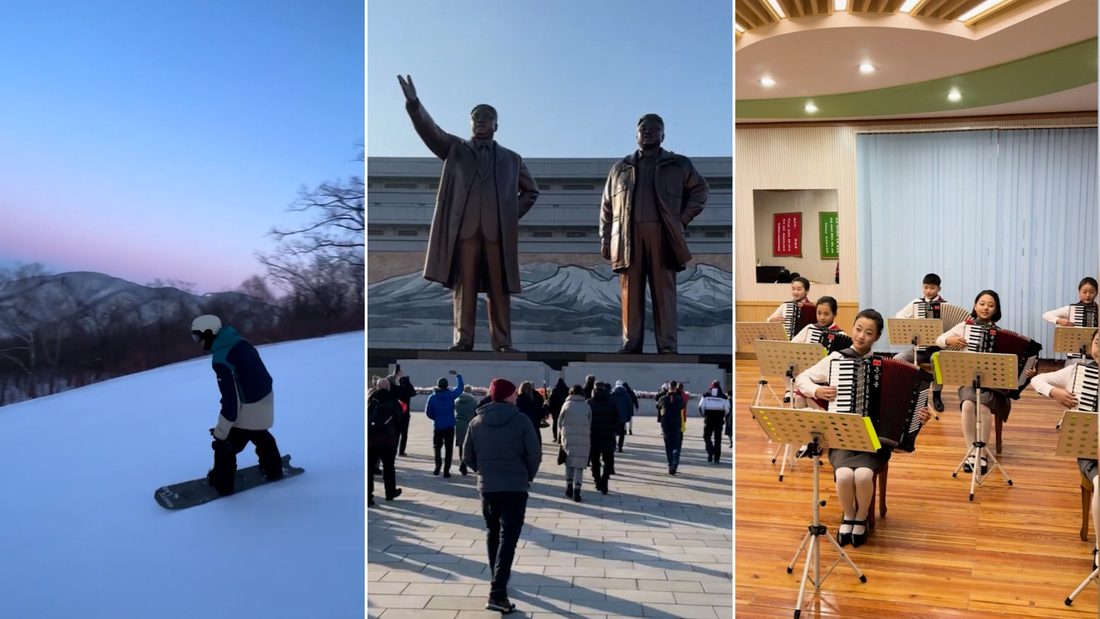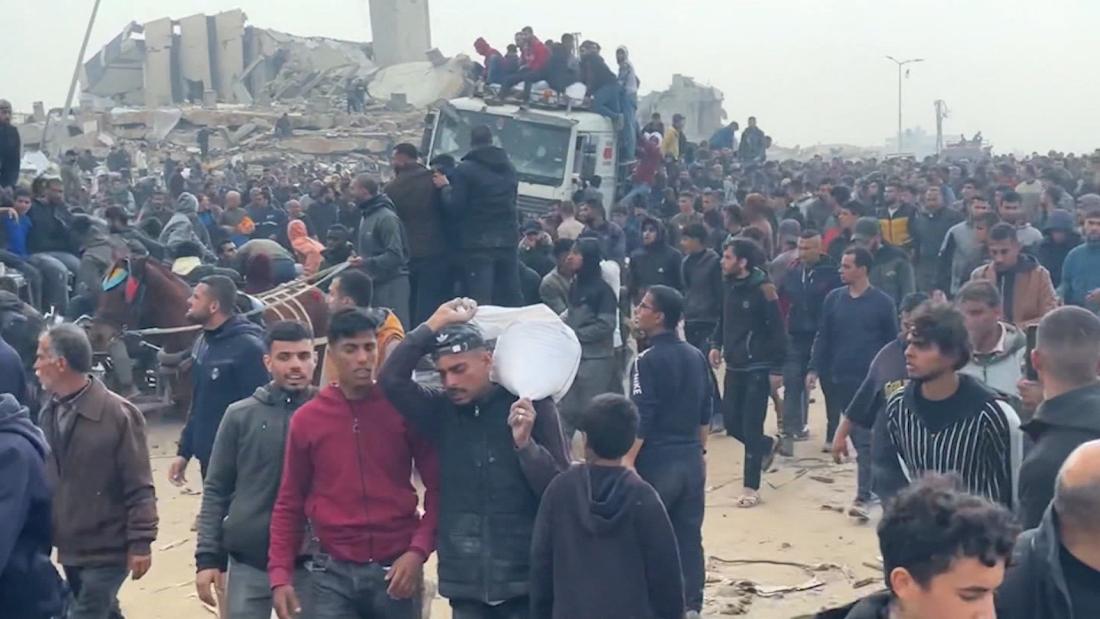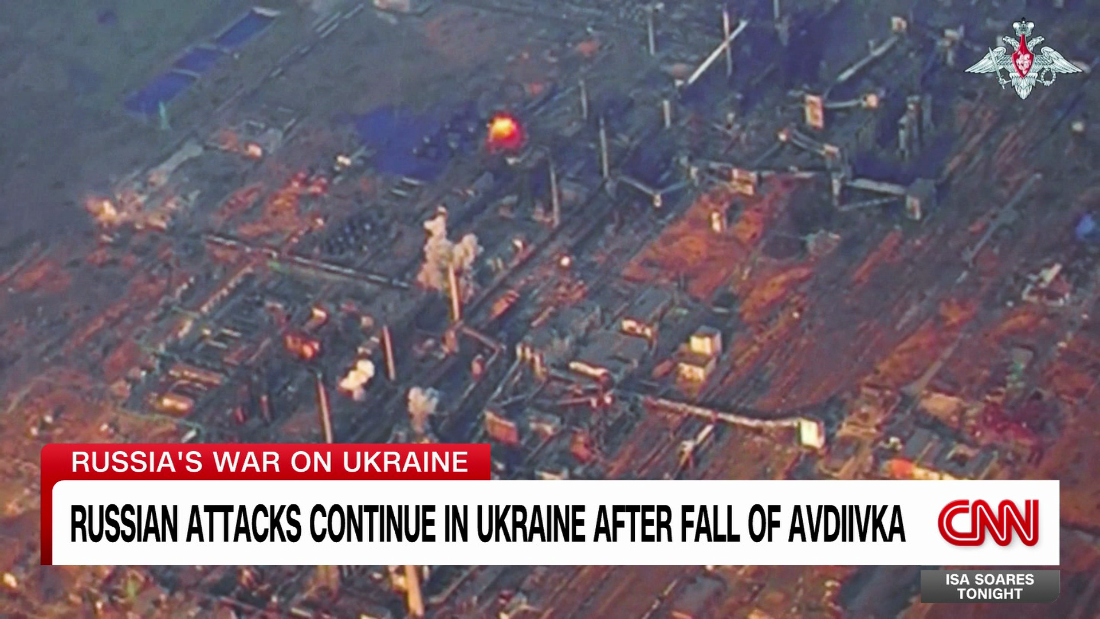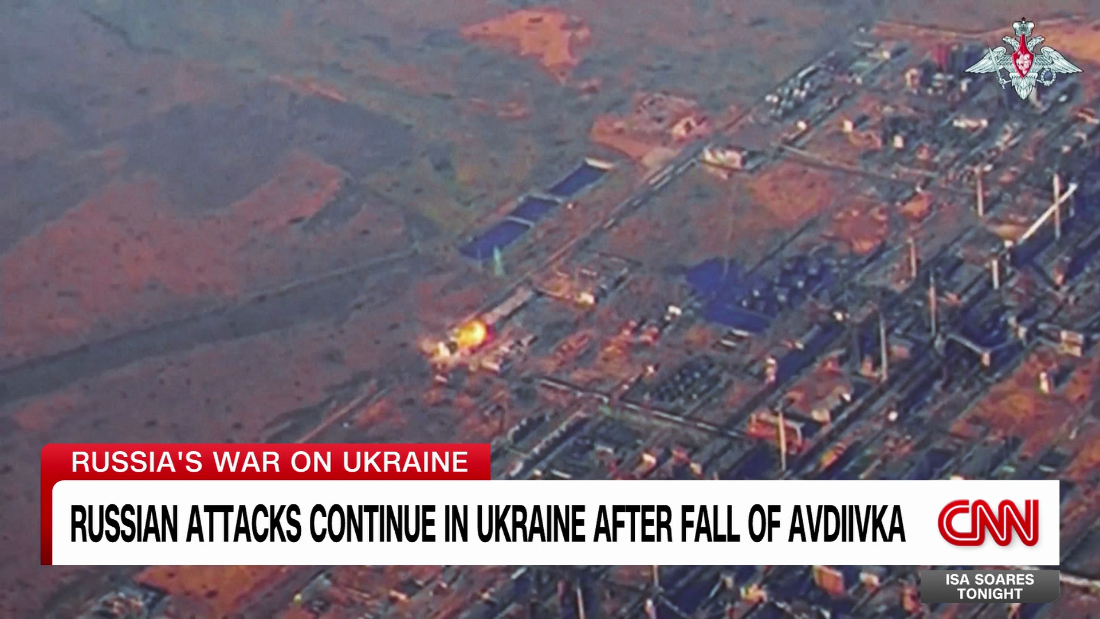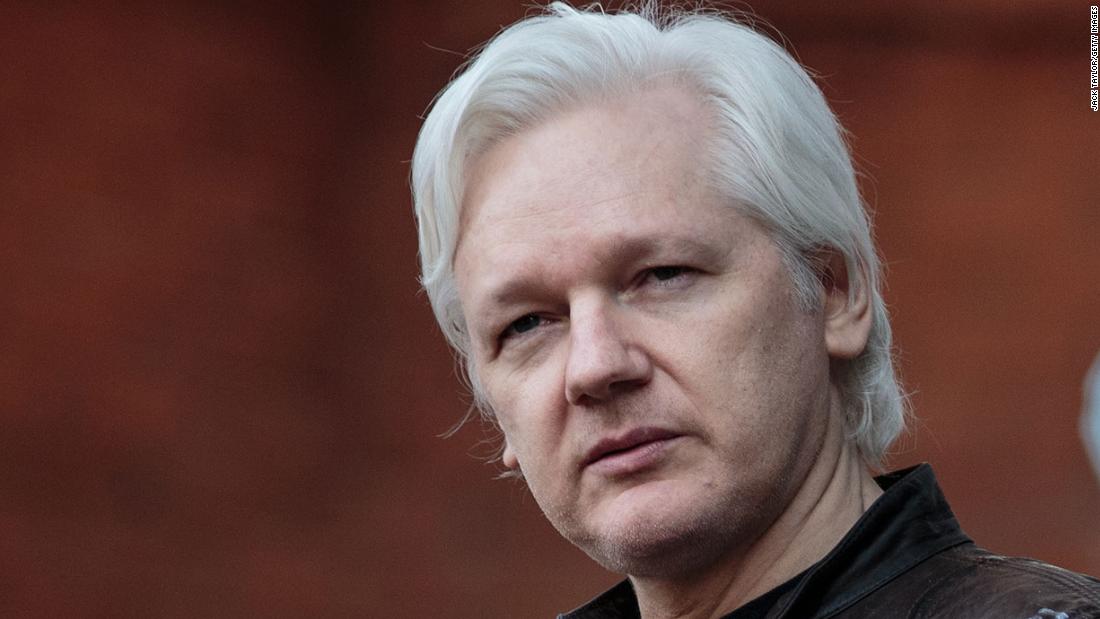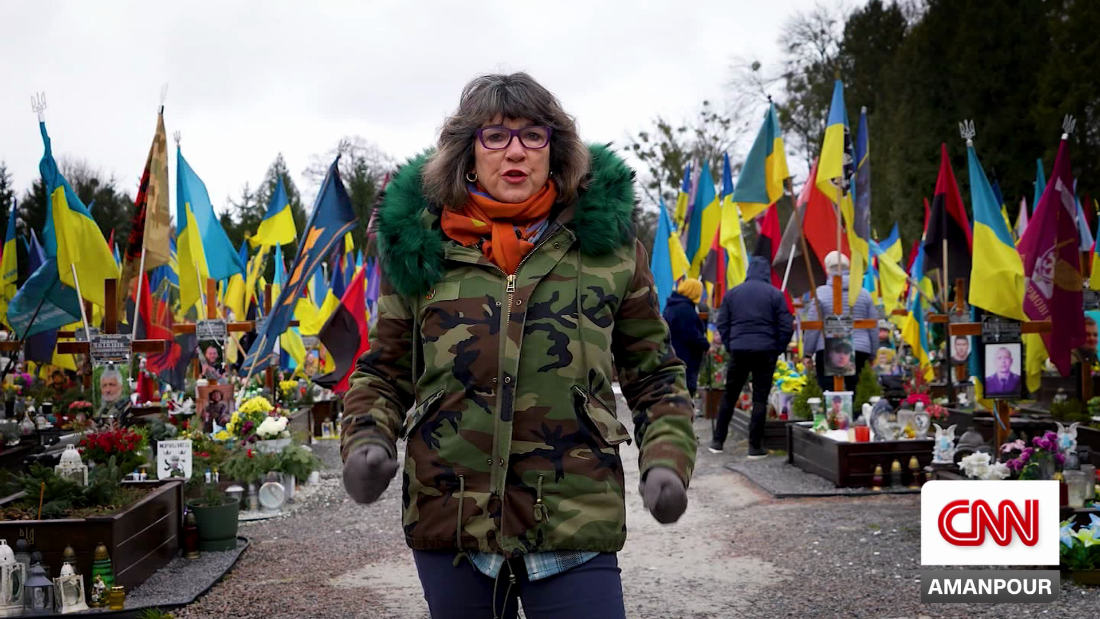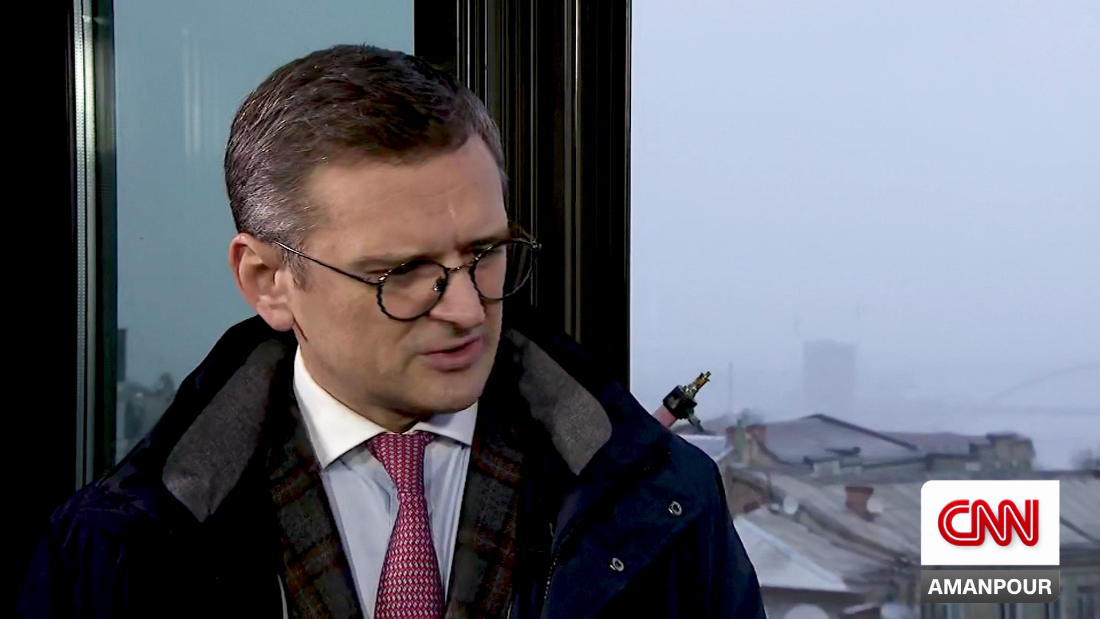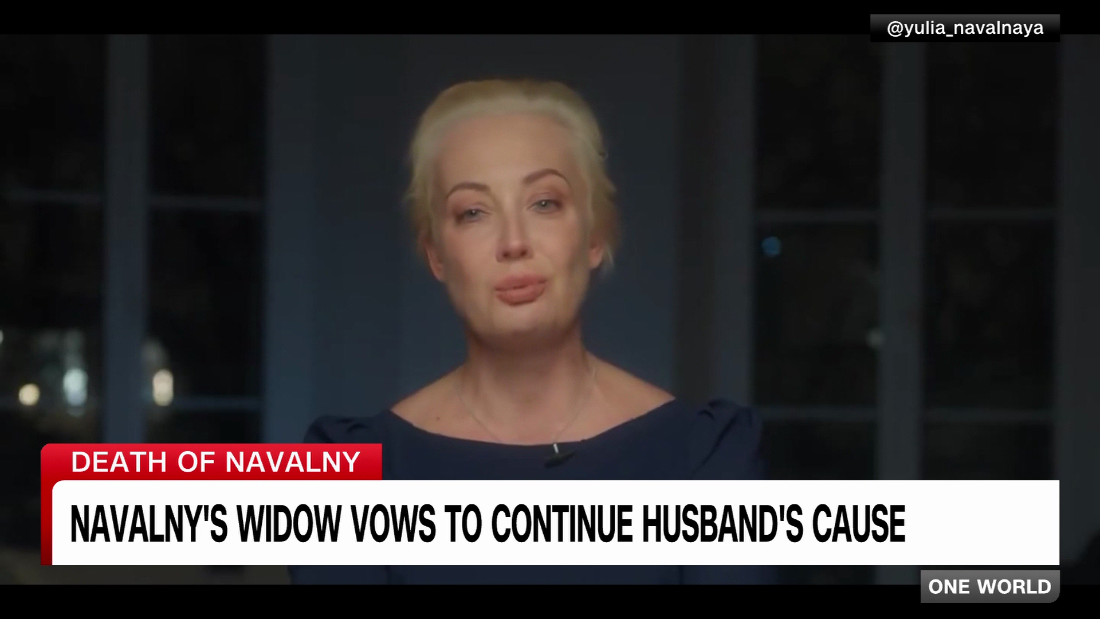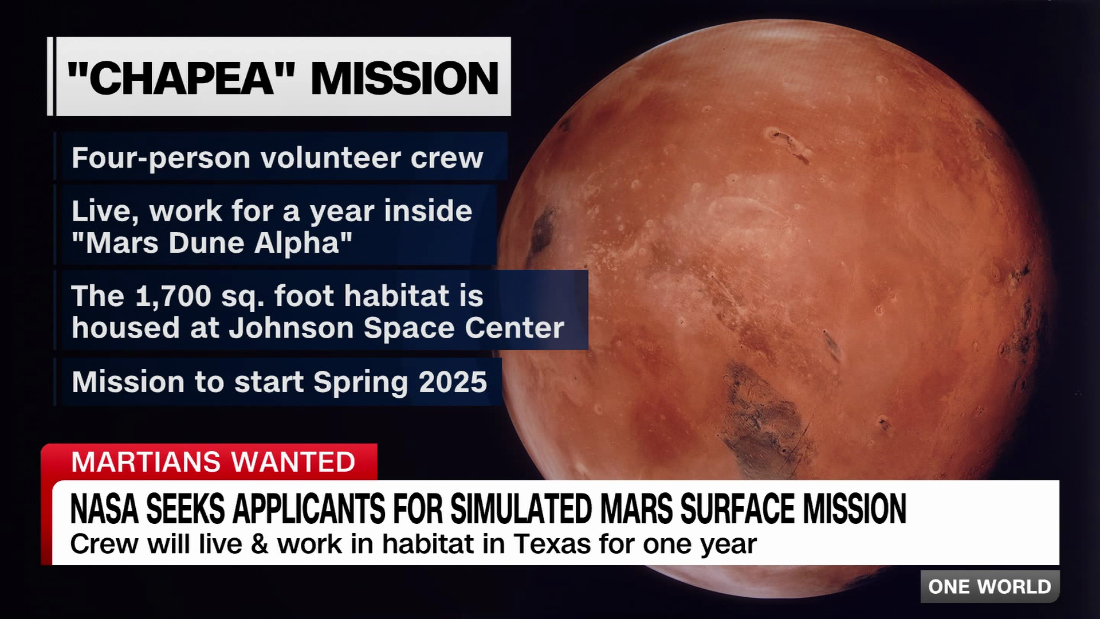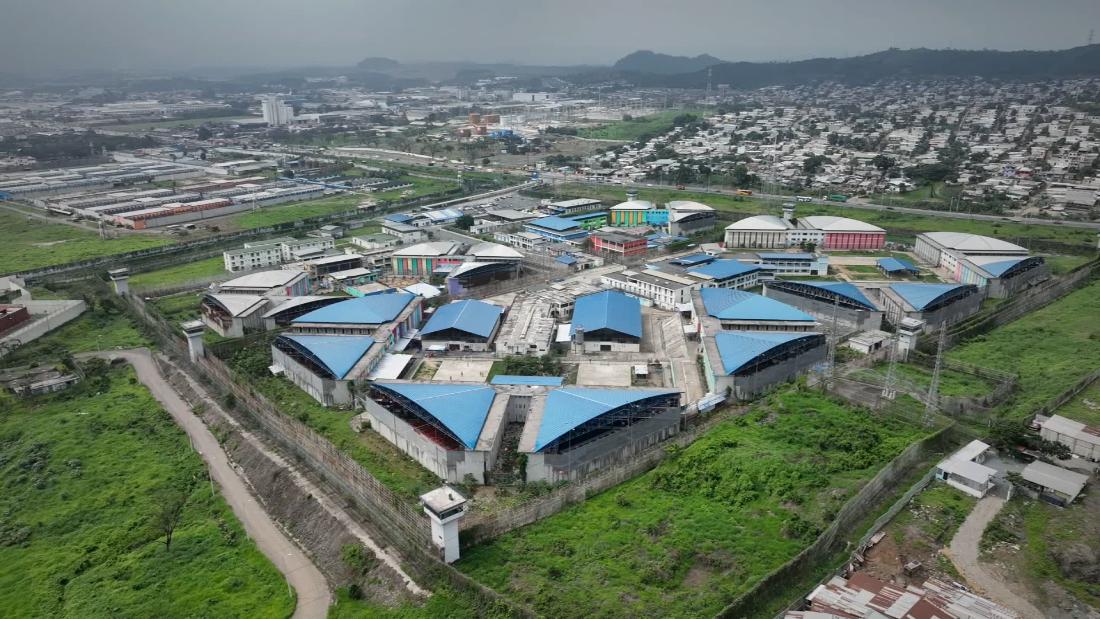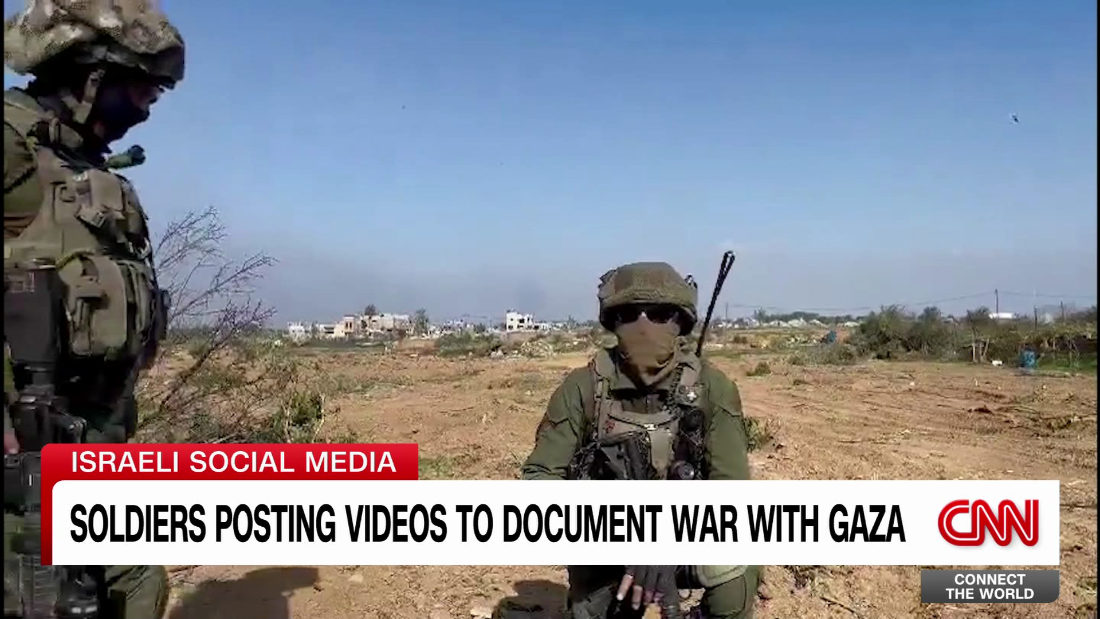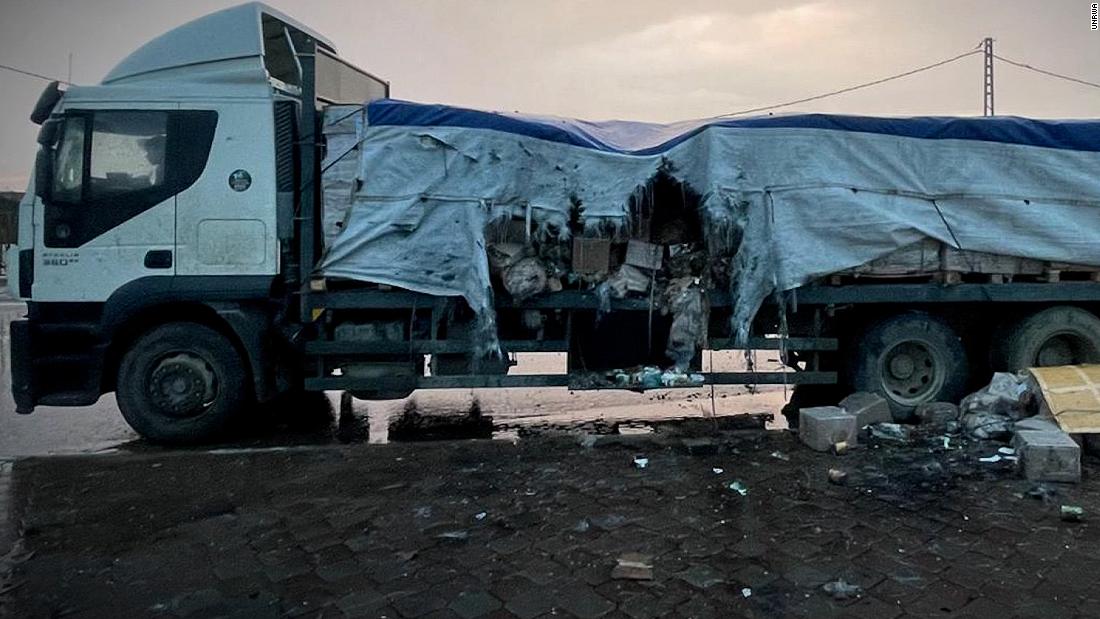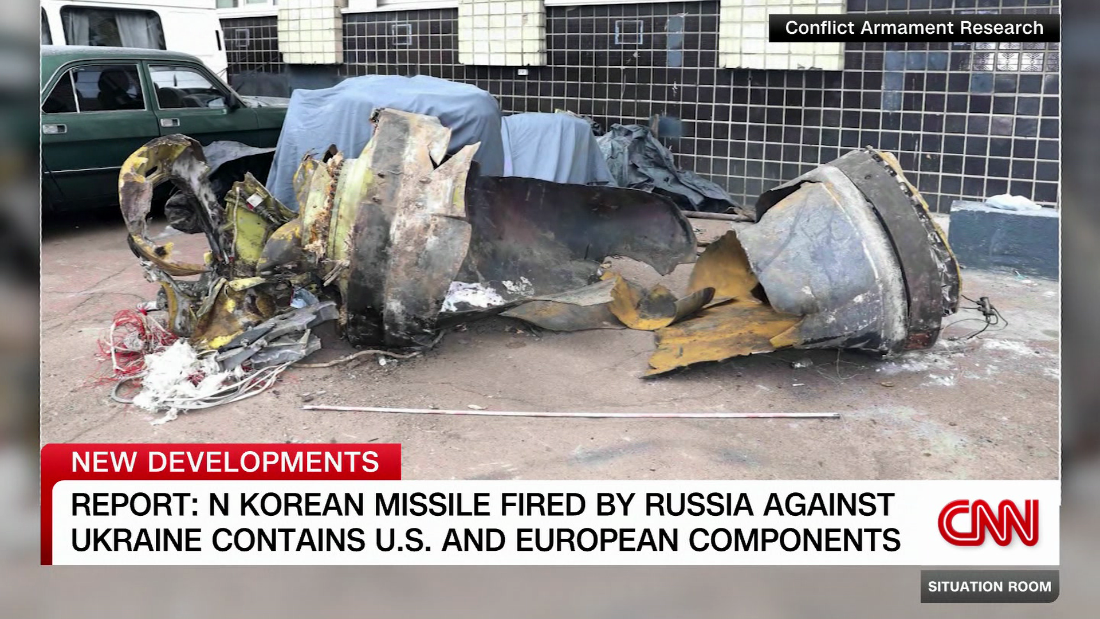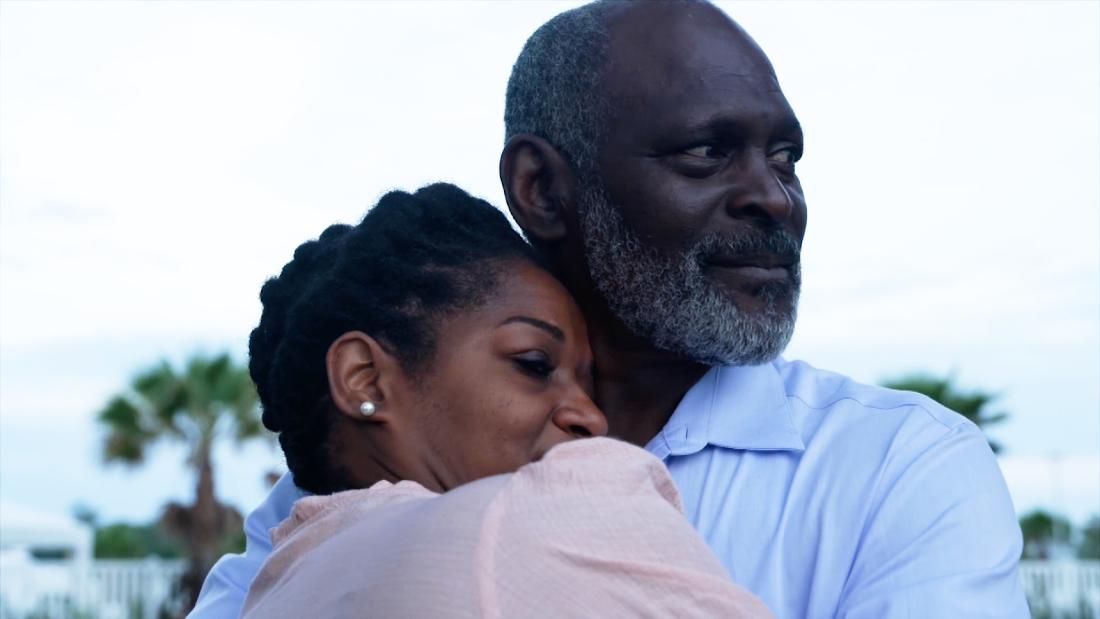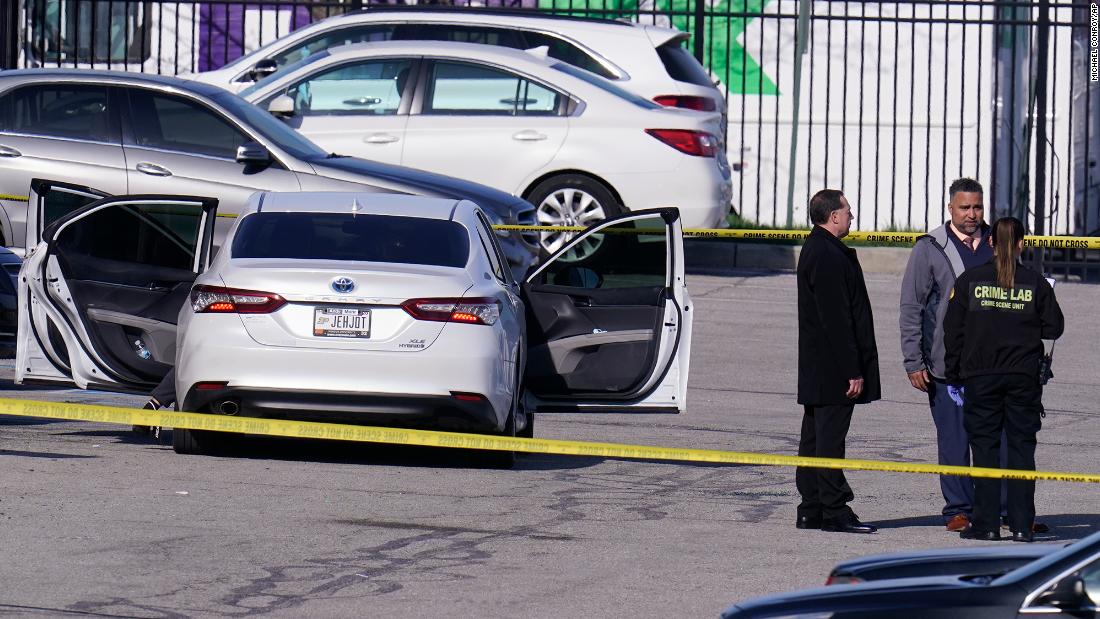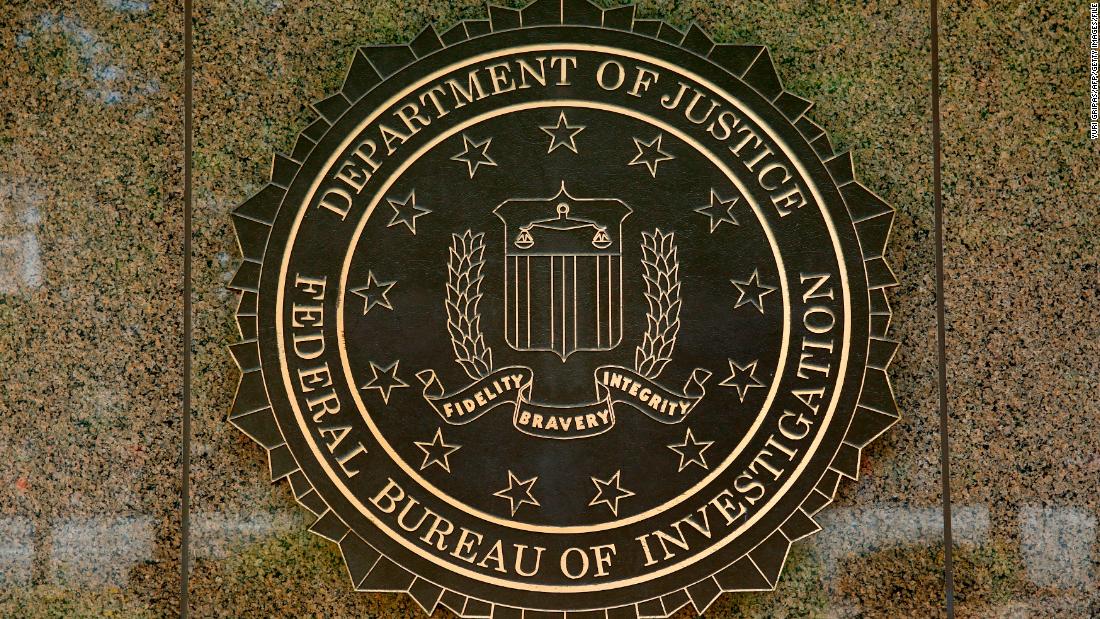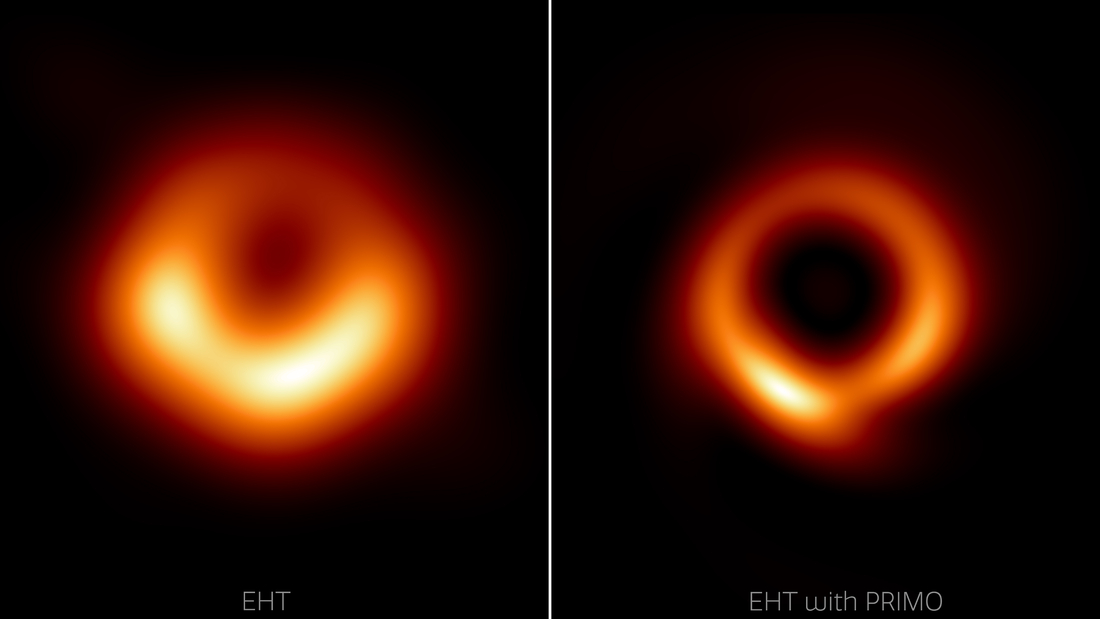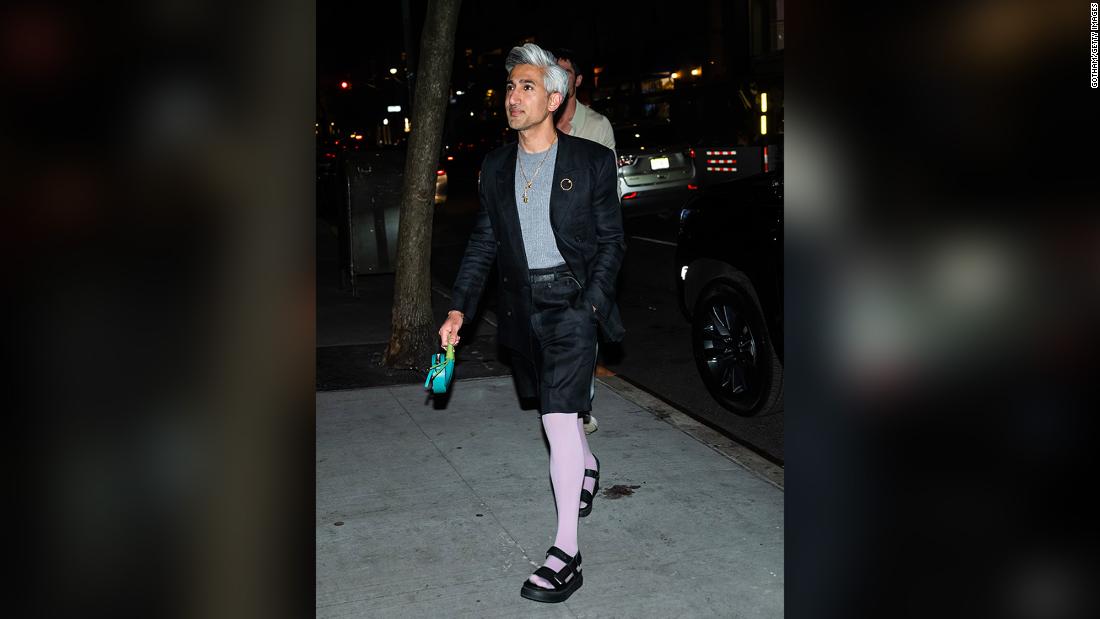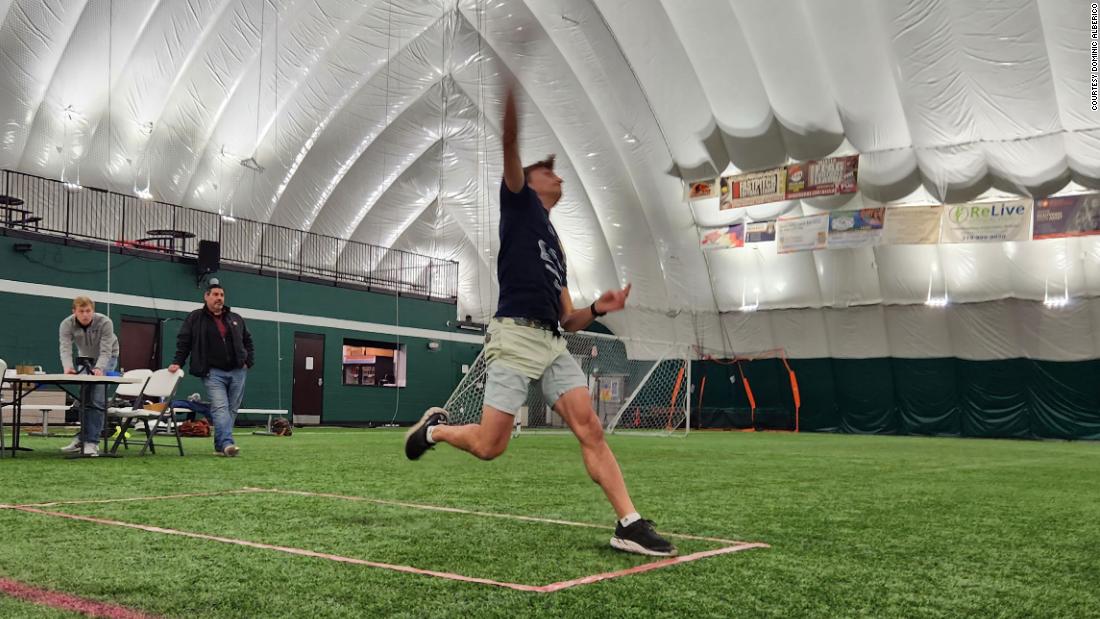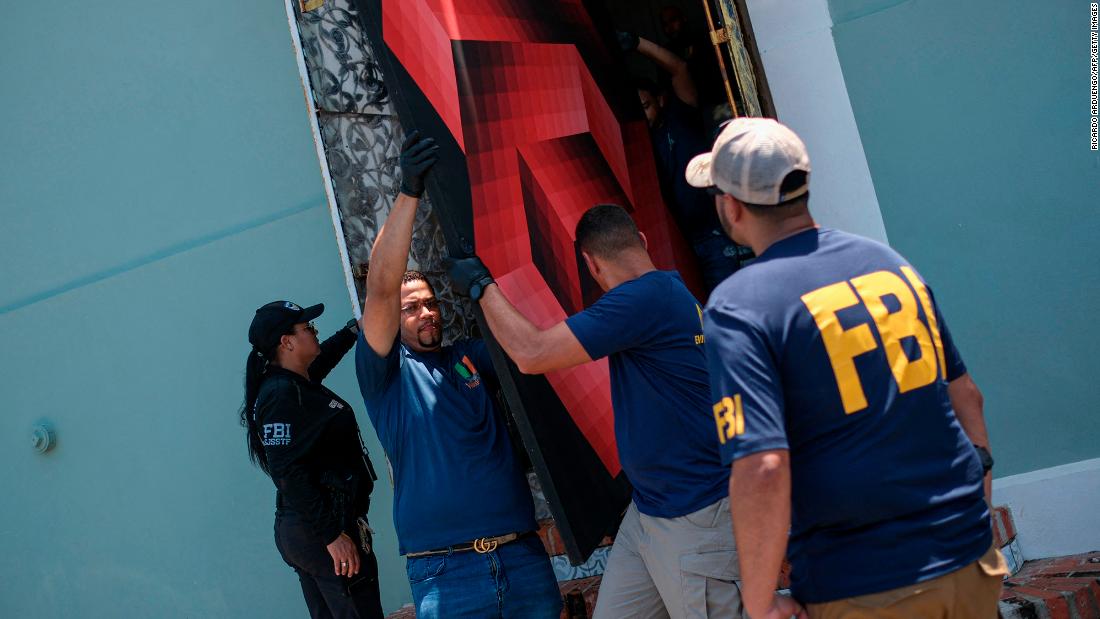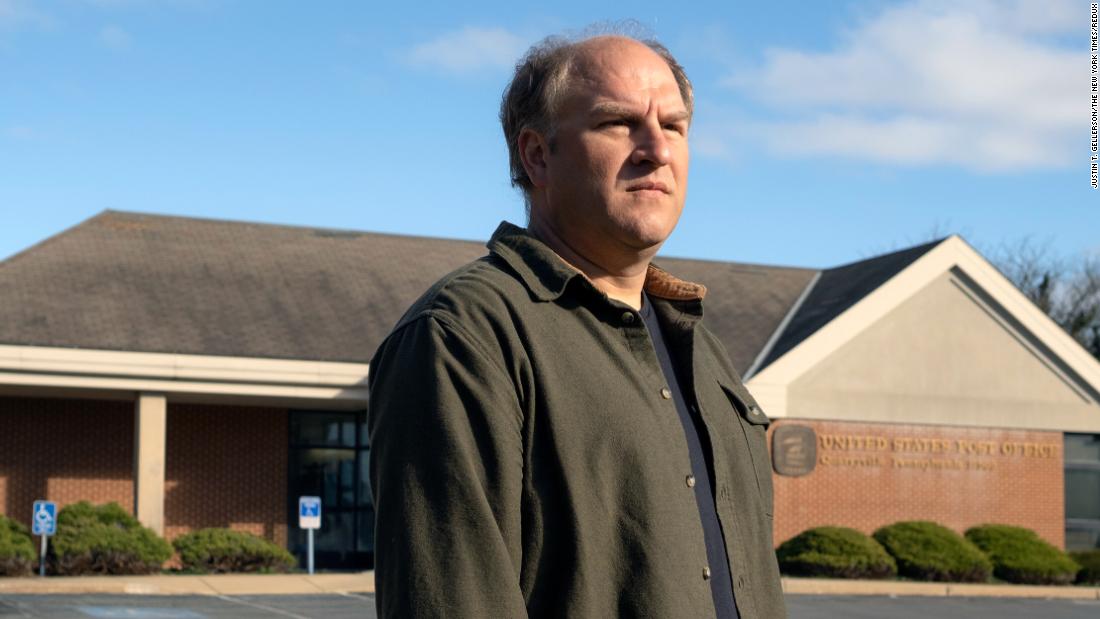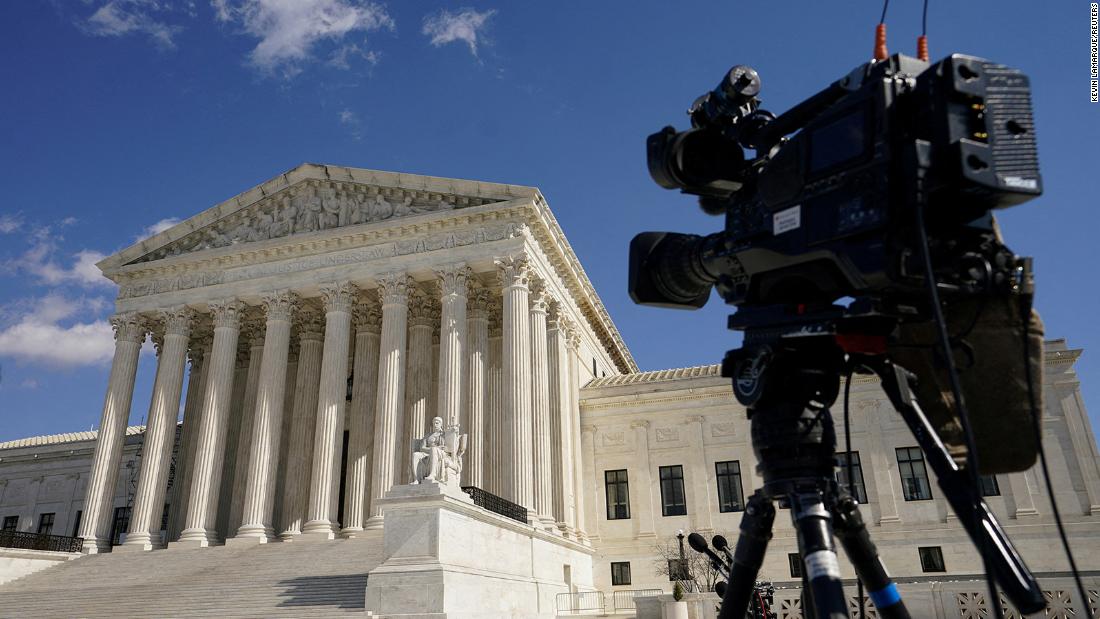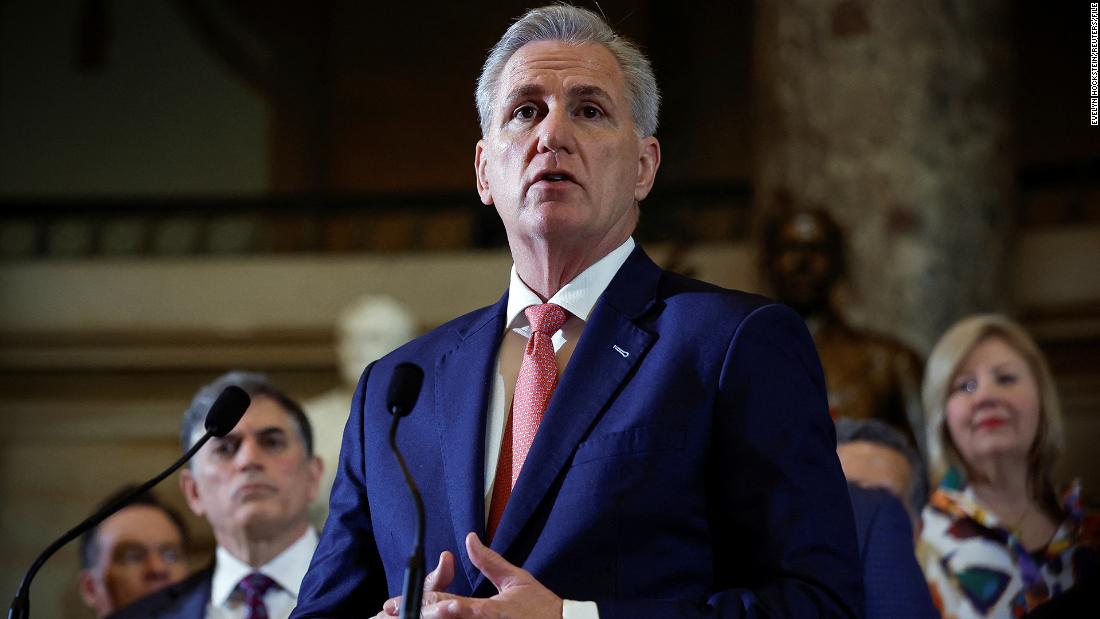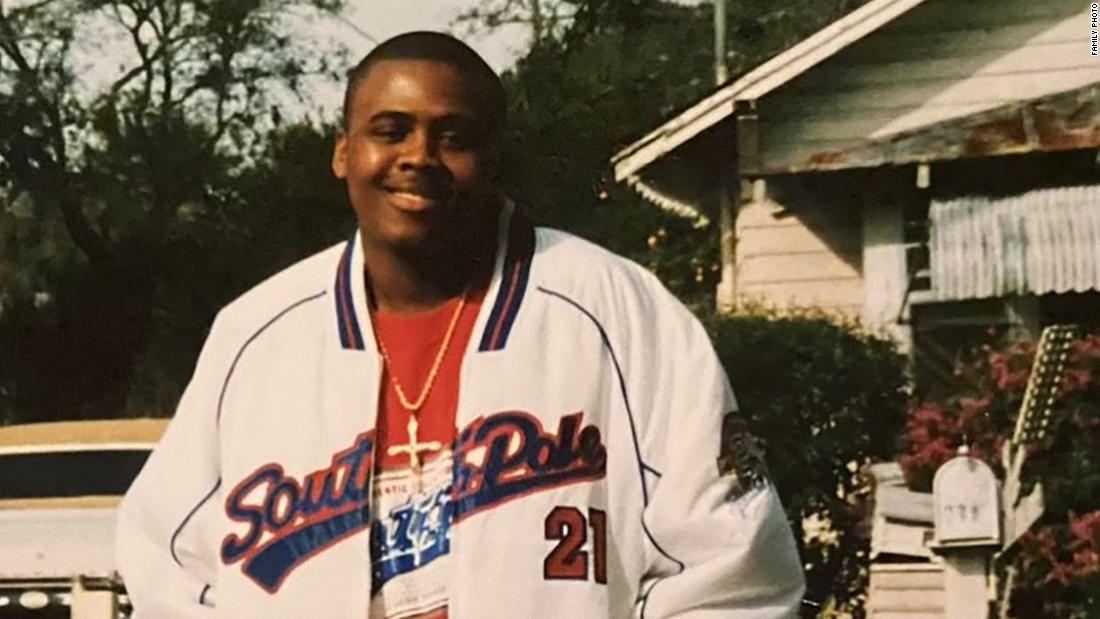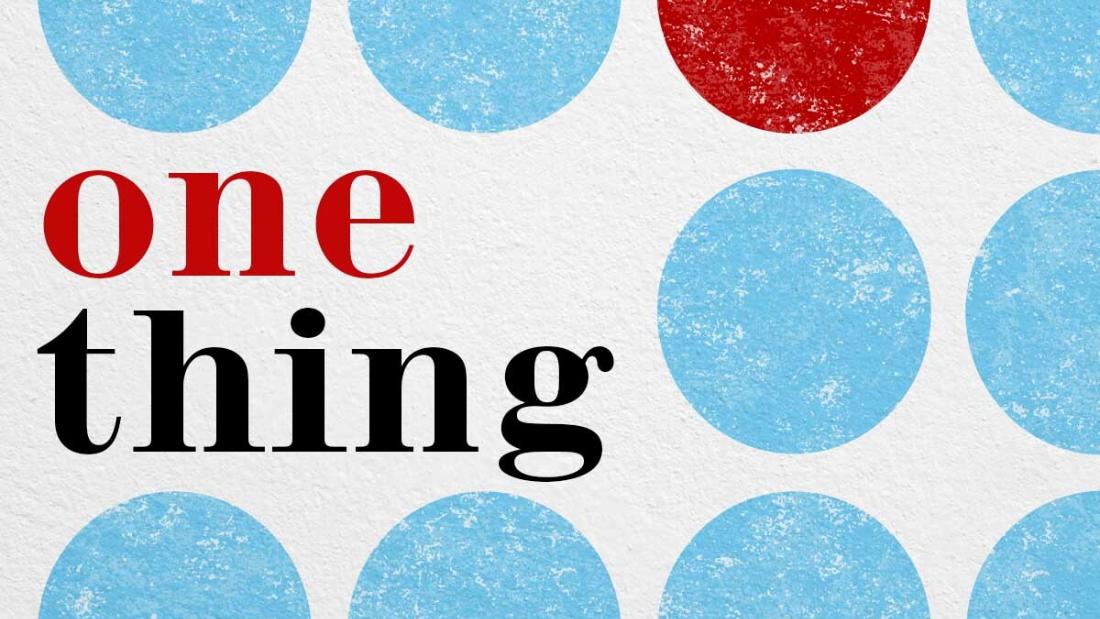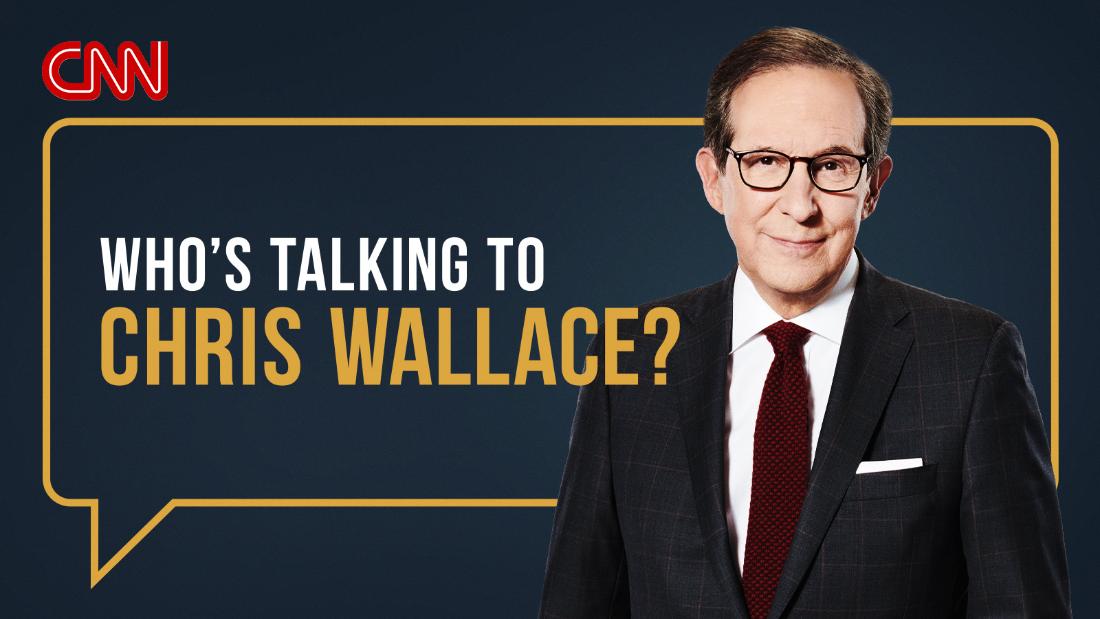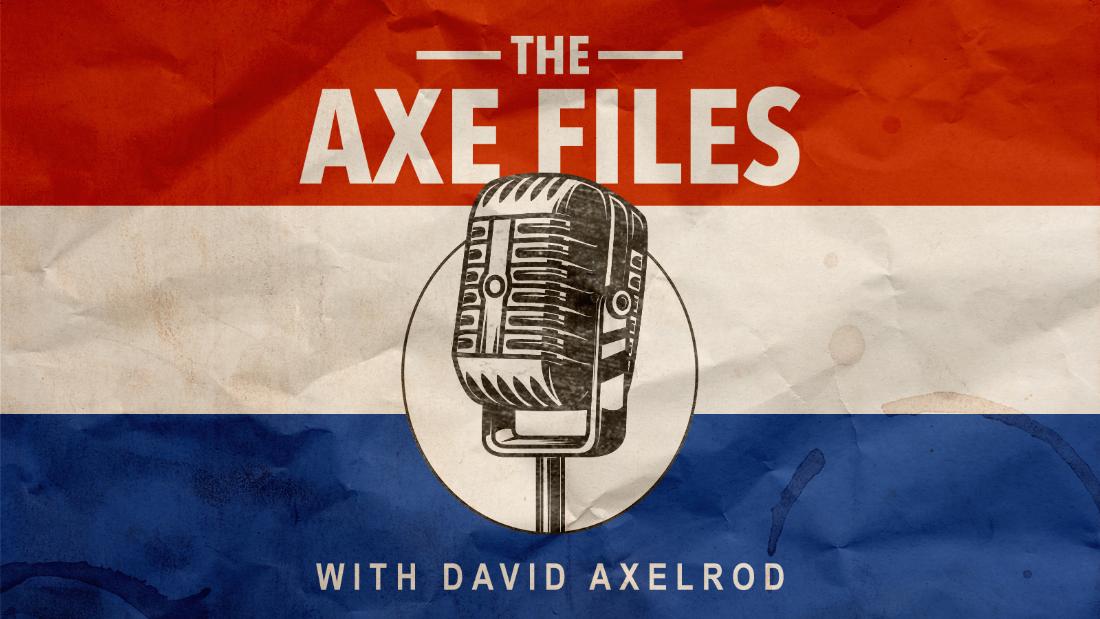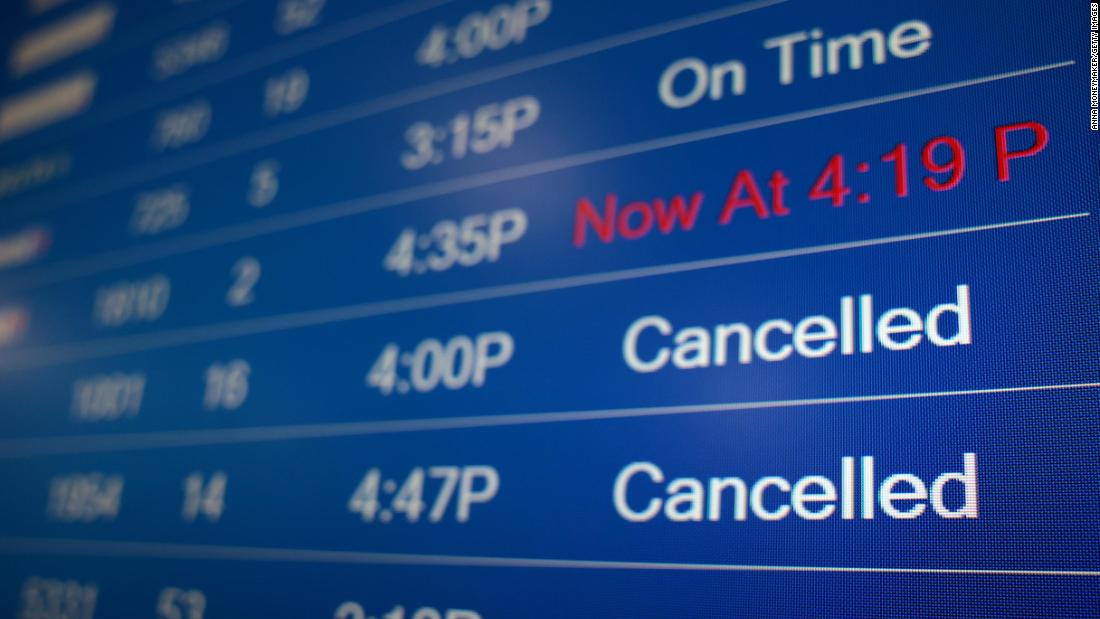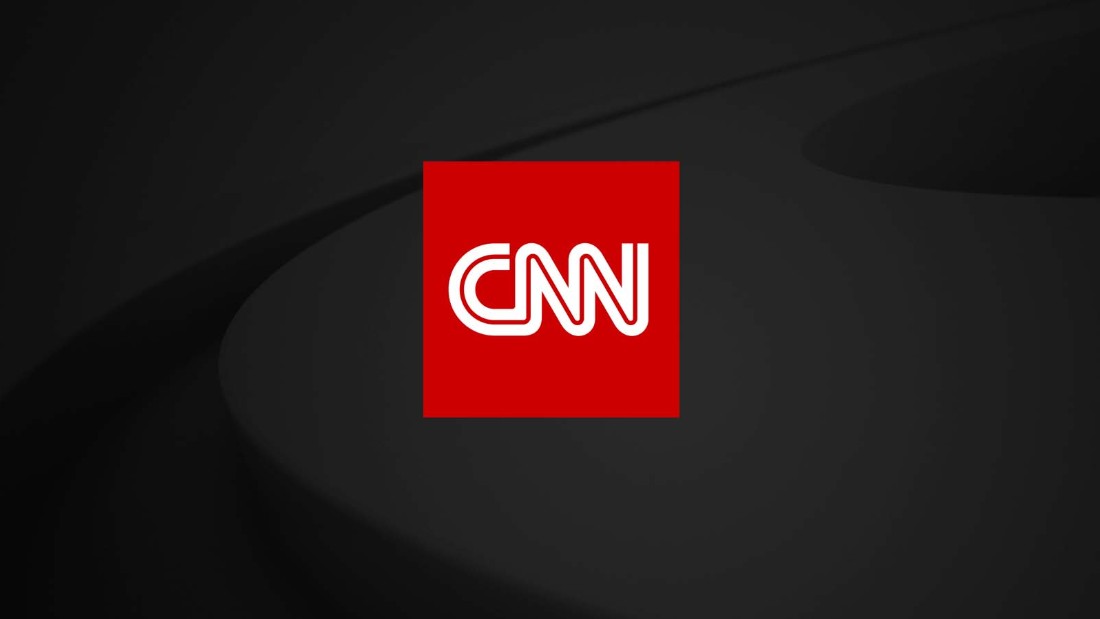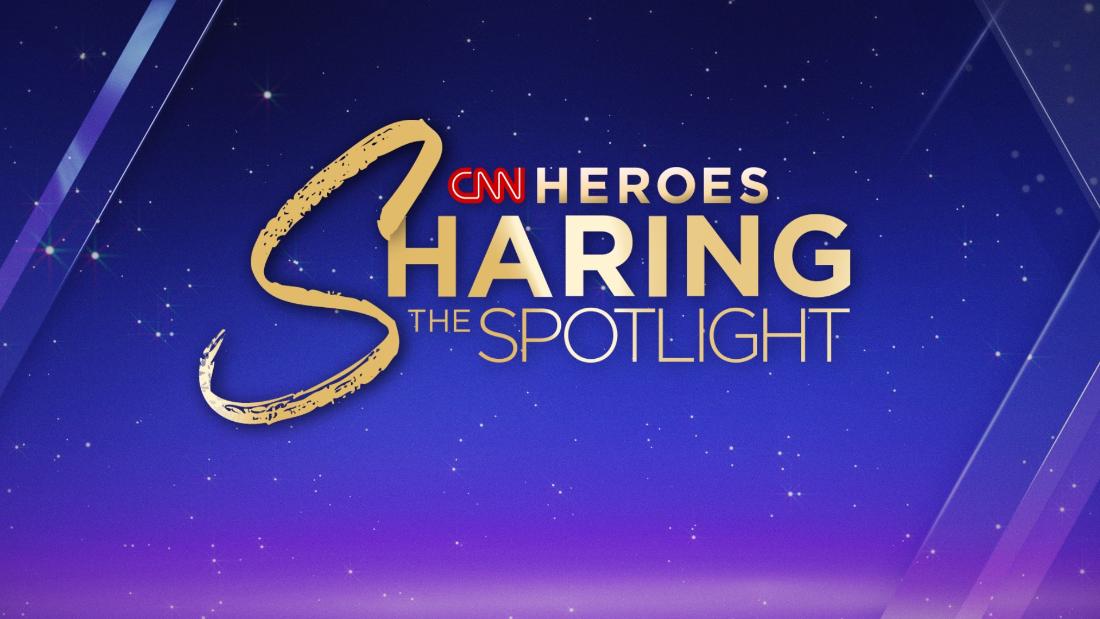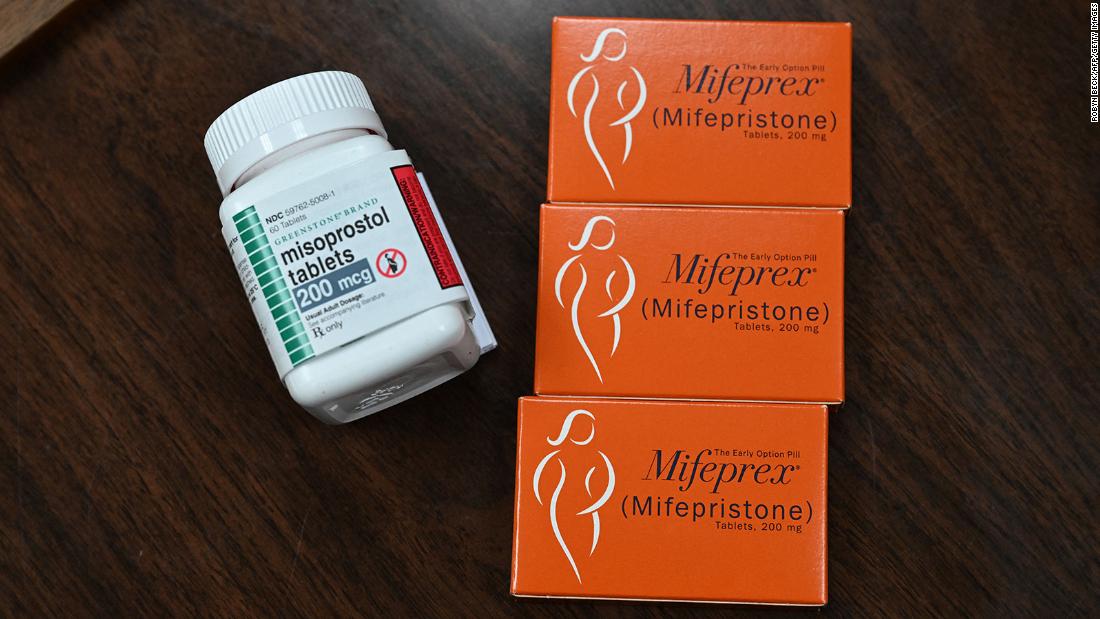ISRAEL is set to approve a ceasefire deal with the Lebanese-based terror group Hezbollah after it decimated the terrorists with pager bombs and assassinated its leaders.
The coming halt to fighting follows Israel’s invasion in September as it carried out its ruthless response to the horror October 7 terror attack.
AFPIsraeli army forces arrive at the site that received a direct hit by a salvo of rockets fired by Hezbollah from Lebanon in the northern Israeli border town of Kiryat Shmona[/caption]
BBCIsrael is set to sign a ceasefire deal with Lebanese enemy Hezbollah[/caption]
APThick smoke and flames erupt from an Israeli airstrike on Tayouneh, Beirut, earlier this month[/caption]
PM Benjamin Netanyahu has announced he will bring the ceasefire before the Israeli cabinet with his recommendation.
Speaking to his country tonight, Netanyahu declared Israel had crippled Hezbollah to a point citizens in the north could return to their homes.
Natanyahu claimed to have “severed the head of the snake” by killing leader Hassan Nasrallah and pushed his Lebanese enemy “decades back.”
He said: “Hezbollah chose to attack us from there on the eighth of October. A year has passed – this is no longer the same Hezbollah.
“We eliminated all the senior members of the organisation, we destroyed most of its missiles and rockets, we eliminated thousands of terrorists and we destroyed the underground and terrorist infrastructures near our border – infrastructures that were built over years.
“We attacked strategic targets throughout Lebanon… Lebanon is not the same. All of this would have sounded like science fiction, but it is not.”
But Netanyahu vowed to strike Hezbollah again if it were to break the ceasefire.
He said: “If Hezbollah tries to attack us, if it arms itself and rebuilds infrastructure near the border, we will attack.
“For every violation, we will attack with might.”
He added that there were three reasons to pursue a ceasefire: to focus on Iran, replenish depleted arms supplies and give the army a rest, and finally to isolate Hamas.
It is not clear when the ceasefire deal would go into effect and what the details of it exactly are.
A ceasefire with Hezbollah is not a ceasefire with Hamas – who carried out the October 7 terror attack and who Israel is still fighting in Gaza.
Netanyahu vowed to continue the war against Hamas and return the hostages who remain in Gaza and touted the resilience of northern Israelis who had to flee their home and Hezbollah’s rockets.
Both of those groups are proxies of Israel’s arch-enemy Iran and have acted in concert.
EPASmoke rises following a fresh Israeli airstrike on the Dahieh district in southern Beirut on Tuesday[/caption]
AFPA fireball erupts from the site of an Israeli airstrike that targeted the area of Tayouneh in Beirut’s southern suburbs on Sunday[/caption]
US president Joe Biden is now also set to speak in the White House Rose Garden following the announcement.
Israeli strikes on Lebanon during the war have killed at least 3,823 people and injured 15,000 since last October, the Lebanese health ministry said today.
Swathes of northern Israel have also become ghost towns since Hezbollah began daily rocket barrages in support of its Hamas allies following the October 7 attacks last year.
Israel hit back in September with a withering show of force – killing the Iran-backed groups’s leader Hassan Nasrallah and all of his top lieutenants.
As truce talks intensified today, exchanges of cross-border fire between Israel and the Iran-backed Hezbollah have also increased, with Israel reporting around 250 projectiles launched at its territory on Sunday alone.
Strikes hit Hezbollah’s south Beirut stronghold shortly after the Israeli military called for people to evacuate.
Footage showed multiple plumes of smoke rising from the area, a day after the Lebanese health ministry said Israeli air strikes killed 31 people, mostly in southern Lebanon.
BBCNetanyahu said Israel would retaliate if Hezbollah broke the deal[/caption]
RexHezbollah is based in Lebanon with the IDF targeting militants in Beirut[/caption]
Throughout the war Tel Aviv has decimated the terrorist forces with its troops, as well as Mossad’s powerful pager bomb plot earlier this year.
In September, the spy agency carried out mass sabotage against Hezbollah when it blew up hundreds of pagers carried by the terror group.
The blitz inside Lebanon sent a message to Iran and its proxies that Israel could attack hundreds of people at once.
And just days ago, an Israeli rocket blew up an entire tower block in Lebanon’s capital in a fireball and cloud of smoke.
It was Israel’s latest attack in its war against Hezbollah as they seek to destroy the terror group which has launched waves of attacks from across the border in Lebanon.
AFPPeople inspect the damage at the site of an overnight Israeli airstrike that targeted the Chayah neighborhood in Beirut’s southern suburbs[/caption]
AFPAn Israeli flag (L) on a destroyed building, and a Lebanese flag (R) painted on a damaged building in the southern Lebanese village of Meiss El-Jabal on Sunday[/caption]
Tel Aviv had vowed to wipe out the group after 60,000 citizens were evacuated from northern Israel.
The Israeli Air Force (IDF) hits Hezbollah targets from the sky, whilst the IDF operates on the ground.
The offensive was originally planned to last around a fortnight but was extended as ground troops in the south and war jets extended their mission.
Earlier this month, Israeli Defence Forces said more than 120 Hezbollah targets throughout Lebanon were hit over 24 hours, including a command centre in the Nabatieh governorate.
More than a million Lebanese civilians have been forced to flee the fighting as the World Bank estimated that the war triggered by Hamas’s October 7 terror has cost £6.3 billion.
And this month, the IDF also killed Hezbollah’s chief spokesman in an airstrike in central Beirut.
Mohammed Afif al-Naboulsi was wiped out after a strike on the Arab socialist Baath party’s office, which also killed another three.
ReutersSmoke billows over the Lebanese city of Tyre after Israeli strikes in October[/caption]
AFPA man inspects the damage at the site of overnight Israeli airstrikes that targeted the Laylaki neighbourhood in Beirut’s southern suburbs on November 9[/caption]
Despite the peace in the north, there remains no end in sight to the war in the smashed wasteland of Gaza, southern Israel, where operations continue and Hamas continues to hold scores of hostages.
It comes as arrest warrants have been issued for Israeli Prime Minister Benjamin Netanyahu and his former defence chief, accusing them of war crimes.
In a bizarre move another warrant was issued against a former leader of Hamas – who is thought to have been assassinated in an Israeli airstrike earlier this year.
Former Hamas boss Mohammed Diab Ibrahim al Masri – also known as Mohammed Deif – is thought to have been killed in an airstrike on Gaza in July.
Israel has previously accused the International Criminal Court – which issued the warrants – of being anti-Semitic.
The warrants accuse each man of crimes against humanity after more than a year of brutal war in Gaza.
Hamas launched a horrific massacre in Israel on October 7 2023 – slaughtering some 1,200 people and kidnapping 250 more.
Israel then invaded the Gaza Strip with the aim of destroying Hamas and according to local health officials, some 44,000 people have died there since.
Israel’s war with Hezbollah: a timeline
October 8, 2023: Hezbollah began firing rockets, missiles and drones into Israel the day after Hamas’ October 7 massacre ignited the war in Gaza.
September 18, 2024: Israel’s spy agency Mossad carried out mass sabotage against Hezbollah when it blew up hundreds of pagers carried by the terror group.
September 26, 2024: Chief of Hezbollah’s aerial force, Muhammad Hossein Sarur, is killed in an Israeli airstrike blitz in Lebanon.
October 1, 2024: Israeli forces invade Lebanon after Israel launched retaliatory airstrikes in Lebanon and the conflict steadily escalated.
October 13, 2024: Four Israeli soldiers were killed and 60 wounded in a Hezbollah drone swarm attack on base – the deadliest since Israel’s Lebanon invasion.
October 19, 2024: A terror drone attack launched by Hezbollah directly hit Prime Minister Benjamin Netanyahu’s seaside residence inside Israel.
October 19, 2024: Hezbollah also fired a salvo of more than 100 rockets into Israel, killing at least one person and injuring others in the northern region of the country.
October 31, 2024: Hezbollah’s new terror chief threatened to kill Israeli PM Benjamin Netanyahu in his first national address as leader.
November 2, 2024: Israeli soldiers capture top Hezbollah terror commander Imad Amhaz and escape from Lebanon in speedboats.
November 15, 2024: An Israeli missile levels a terror stronghold apartment block in Beirut.
November 17, 2024: Israel’s military said mobile artillery batteries had crossed into Lebanon and began attacking Hezbollah targets, the first time artillery was launched within Lebanese territory.
November 17, 2024: Hezbollah’s chief spokesman Mohammed Afif al-Naboulsi is killed in an Israeli airstrike in central Beirut.
November 26, 2024: Israel launched fresh airstrikes in Beirut, just hours before news of the ceasefire broke.
November 26, 2024: Israel agreed to the terms for a ceasefire with Hezbollah.
UnpixsIsrael attacked Hezbollah with a pager explosion blitz in September[/caption] Published: [#item_custom_pubDate]













